Cobblestone Streets, Canals & Colorful Buildings - Copenhagen, Denmark
Copenhagen is the bike-friendly capital and largest city of Denmark. It offers a seamless blend of the modern with an old world charm, elegance mingles with quirky, the peaceful lives alongside vibrant energy. It’s a city that doesn’t try to impress—because it really doesn’t have to.
From its tranquil canals and cobblestone streets to bold contemporary architecture and world-class cuisine, Copenhagen radiates a laid-back Scandinavian sophistication. Renowned for its commitment to sustainability with its cozy hygge lifestyle, and a deep connection to both nature and progress.
This is what caught my eye - I hope you enjoy!

The best way to explore is by bike or on foot. Copenhagen is flat, safe, and compact, making it ideal for self-guided exploration.
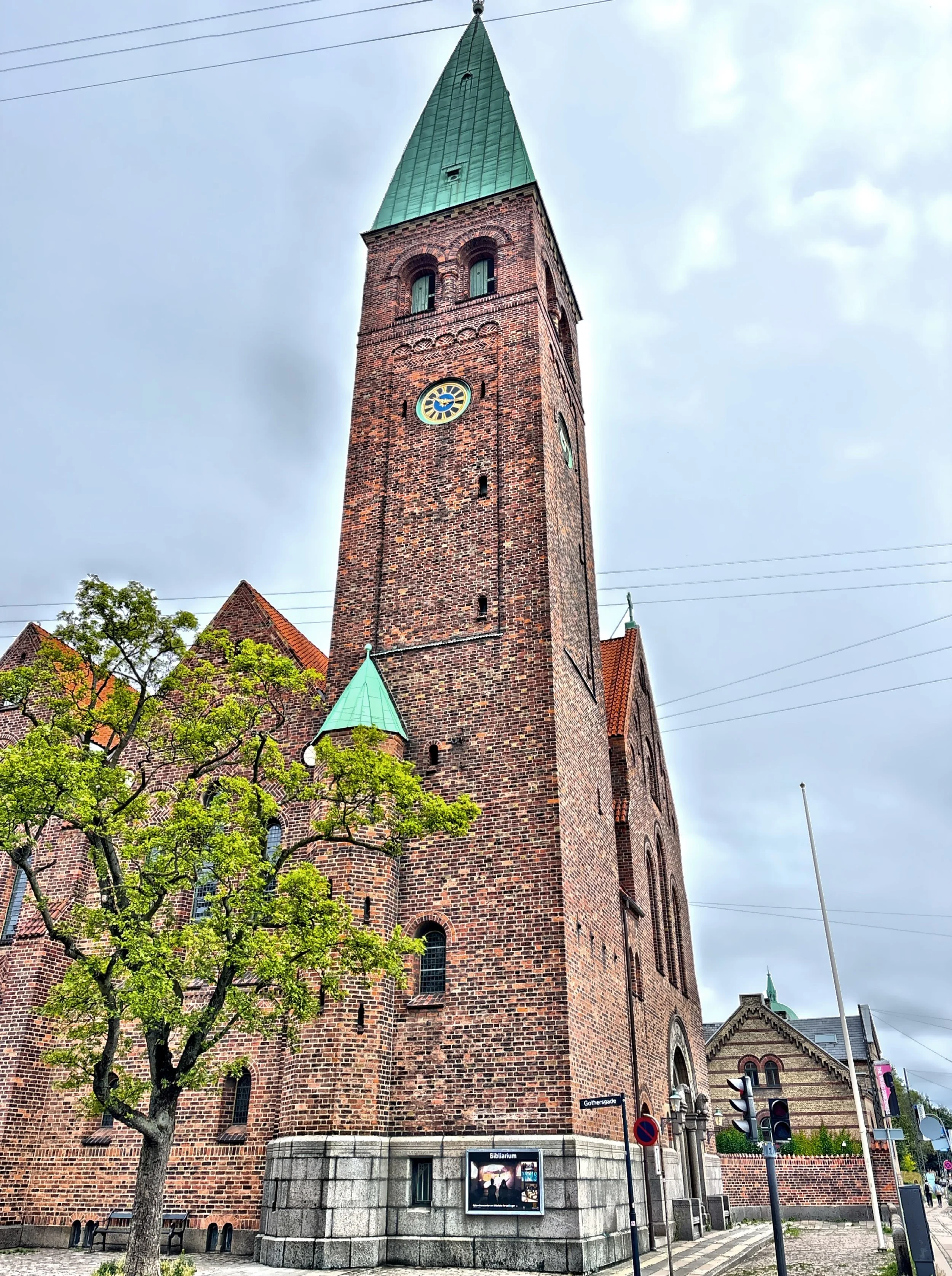
St Andrew’s Church designed by Martin Borch and built from 1897 to 1901.

.

Spires and steeples

Do you like the images posted?
Click here to explore the shop.
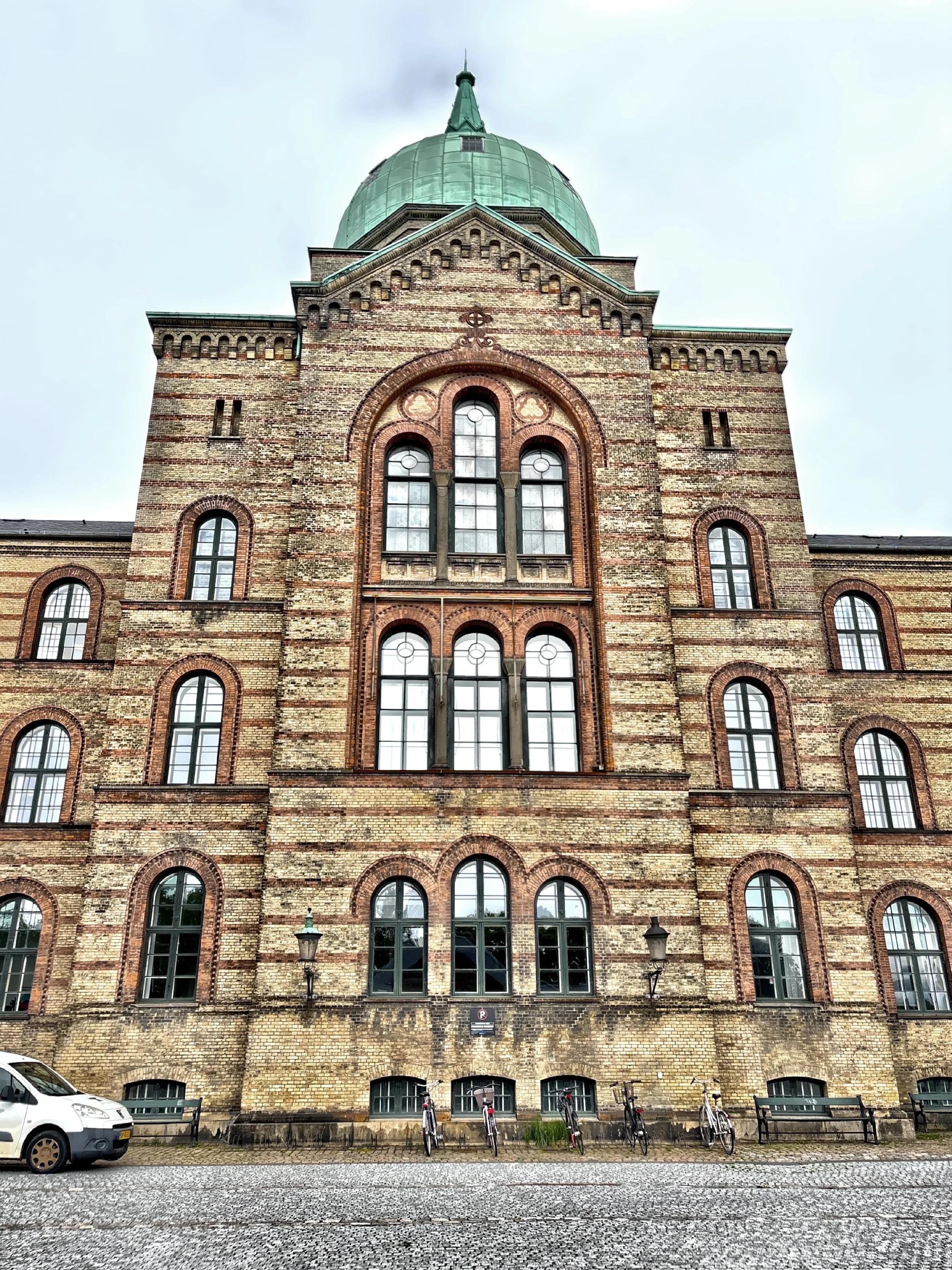
The University of Copenhagen was founded in 1479 and is the second-oldest university in Scandinavia.

Treschows Stiftelse, a philanthropic housing complex in the Christianshavn district established in the early 19th century by Michael Treschow, to provide housing and support for the less fortunate. The institution consists of a series of classically designed buildings and continues to serve its original purpose by offering affordable accommodations to residents in need.
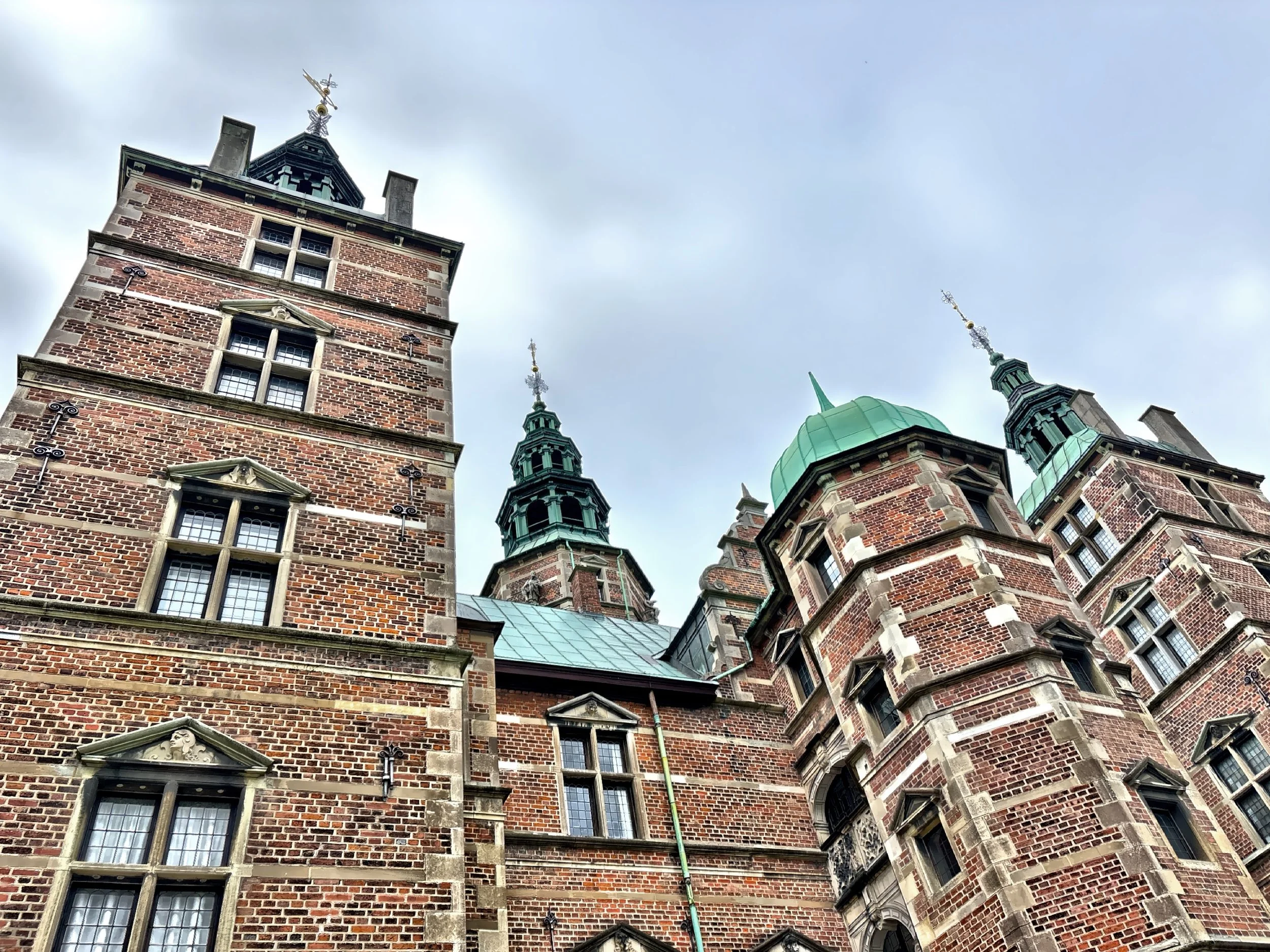
Rosenborg Castle, where you can explore royal treasures and stroll through the King’s Garden.
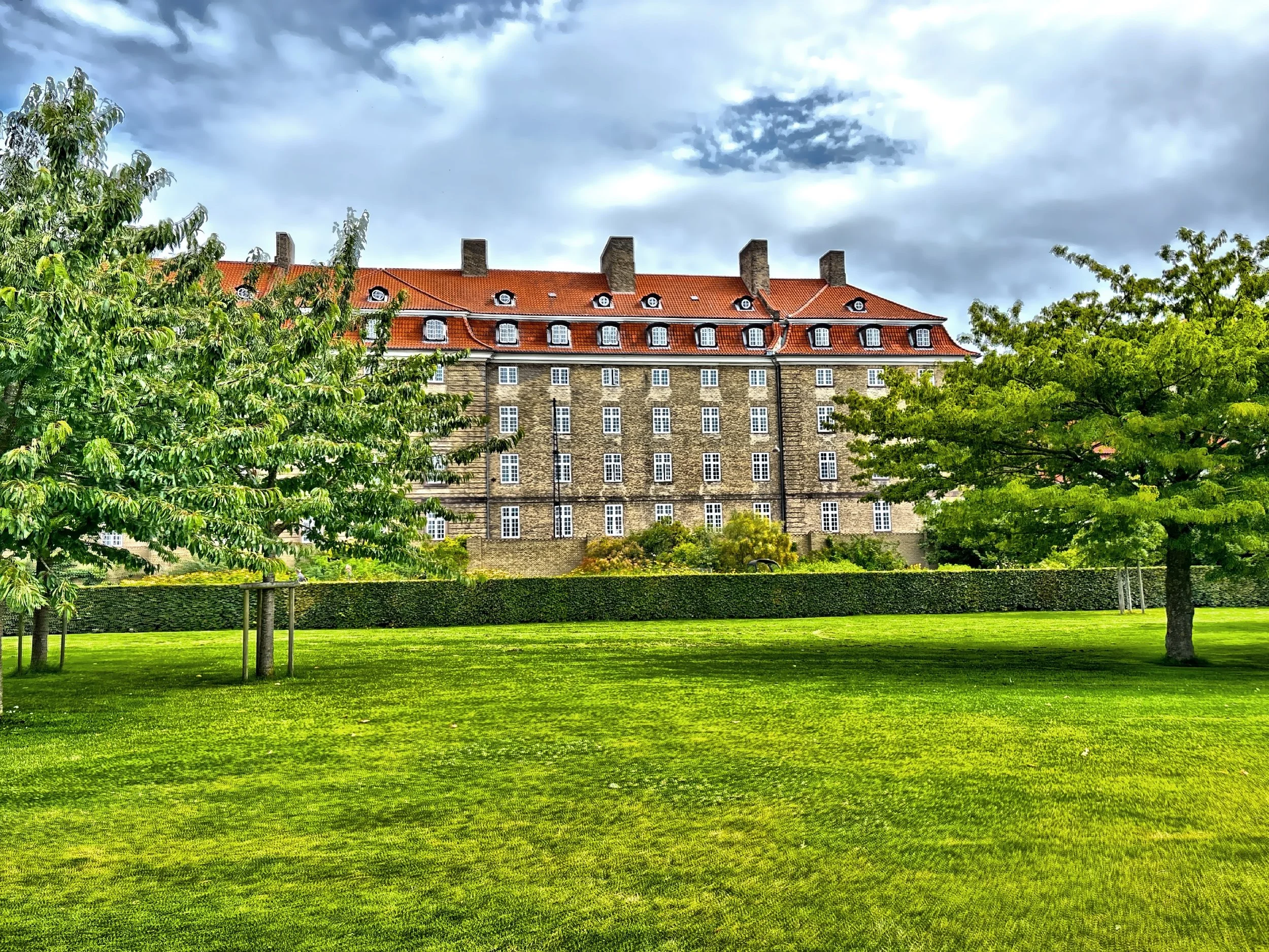
.

Since 1911, this historic Renaissance-era building—originally constructed in 1616—has been home to the flagship store of Royal Copenhagen.
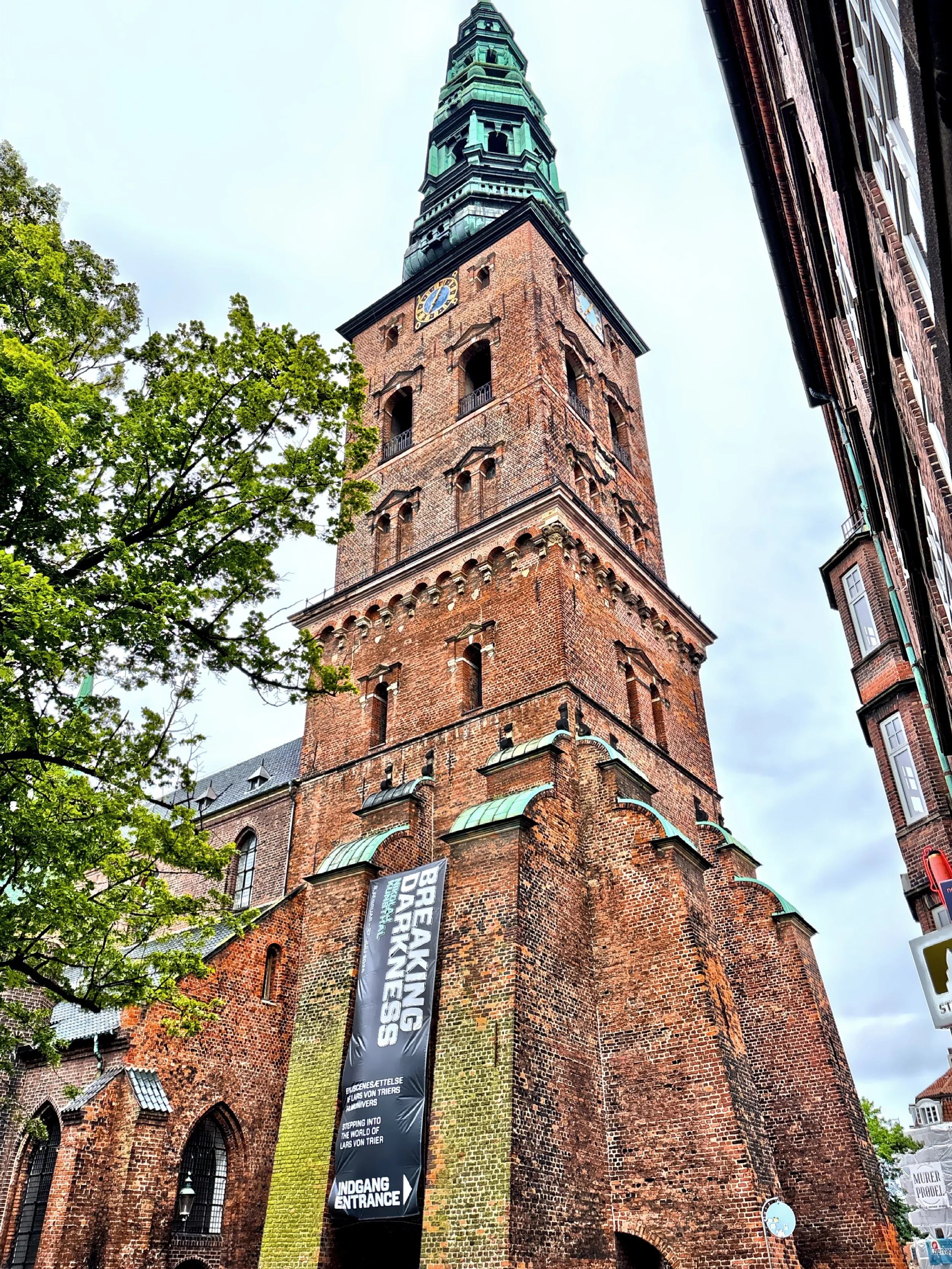
Today, Sankt Nicolai church completed in 1917, was given to the City of Copenhagen to be an exhibition hall.

Once a bustling 17th-century commercial port, Nyhavn is now a vibrant, postcard-perfect waterfront area. Originally constructed to allow ships to bring cargo directly into the city center, it quickly became a hub of sailors, pubs, and trade.
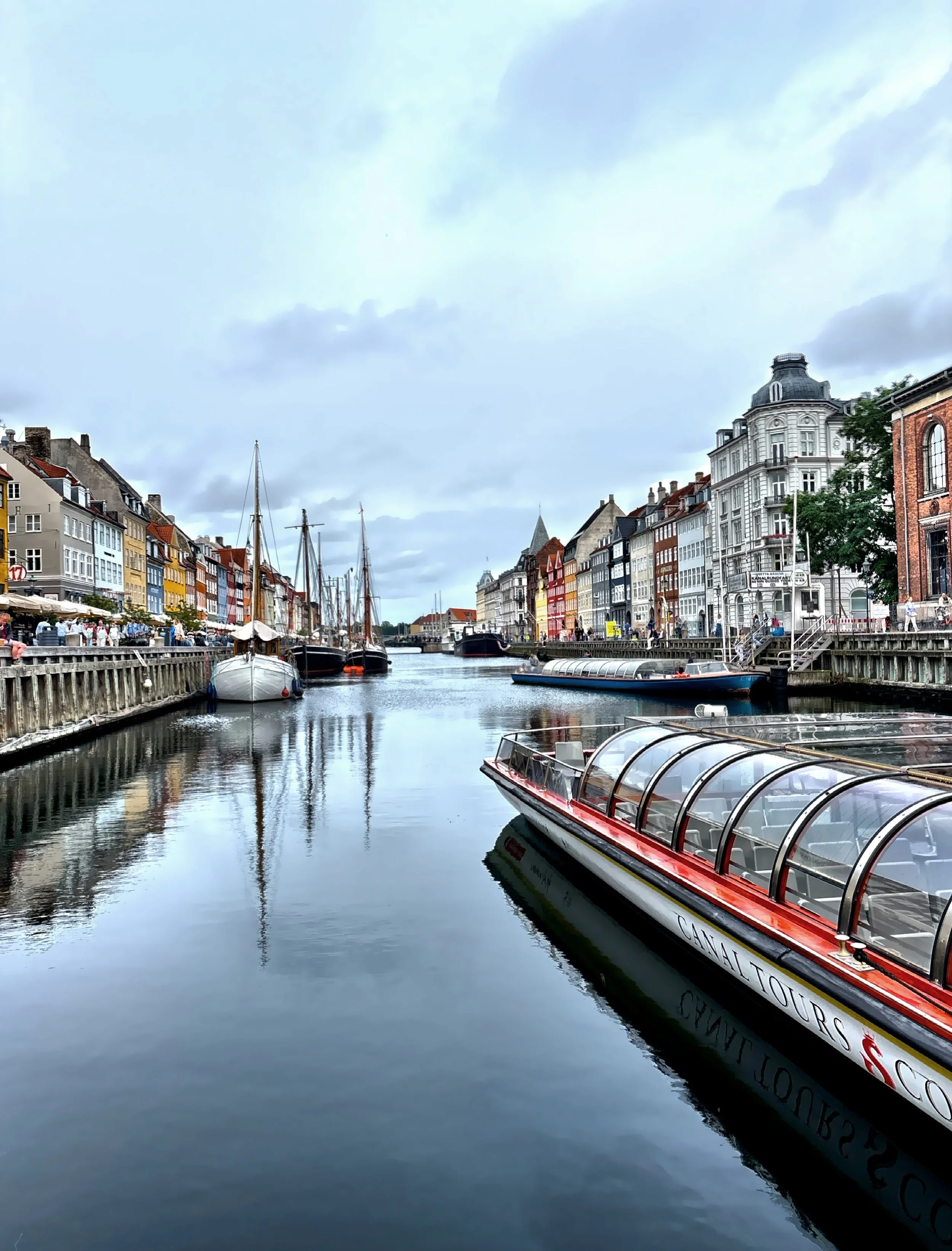
.
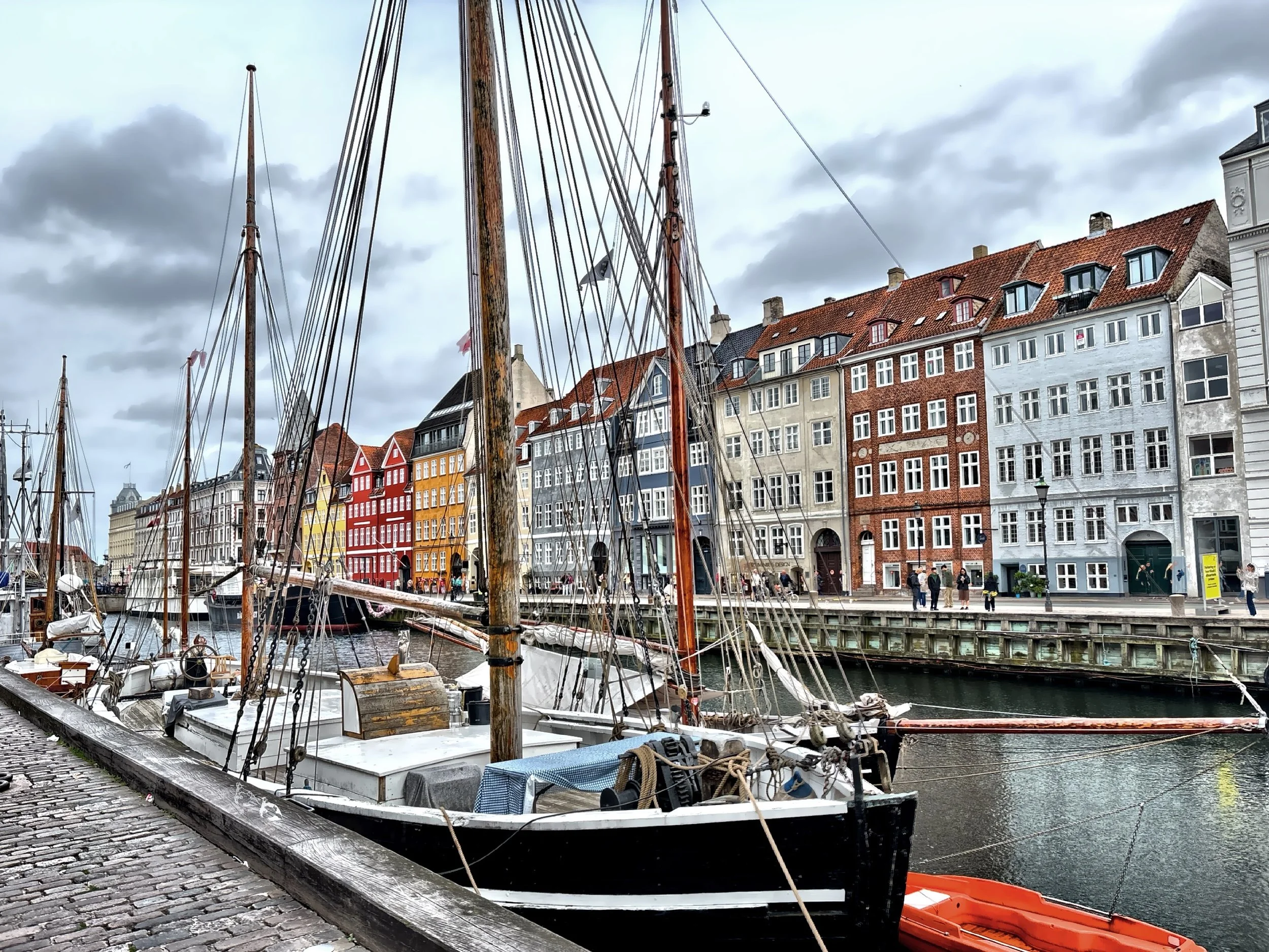
.
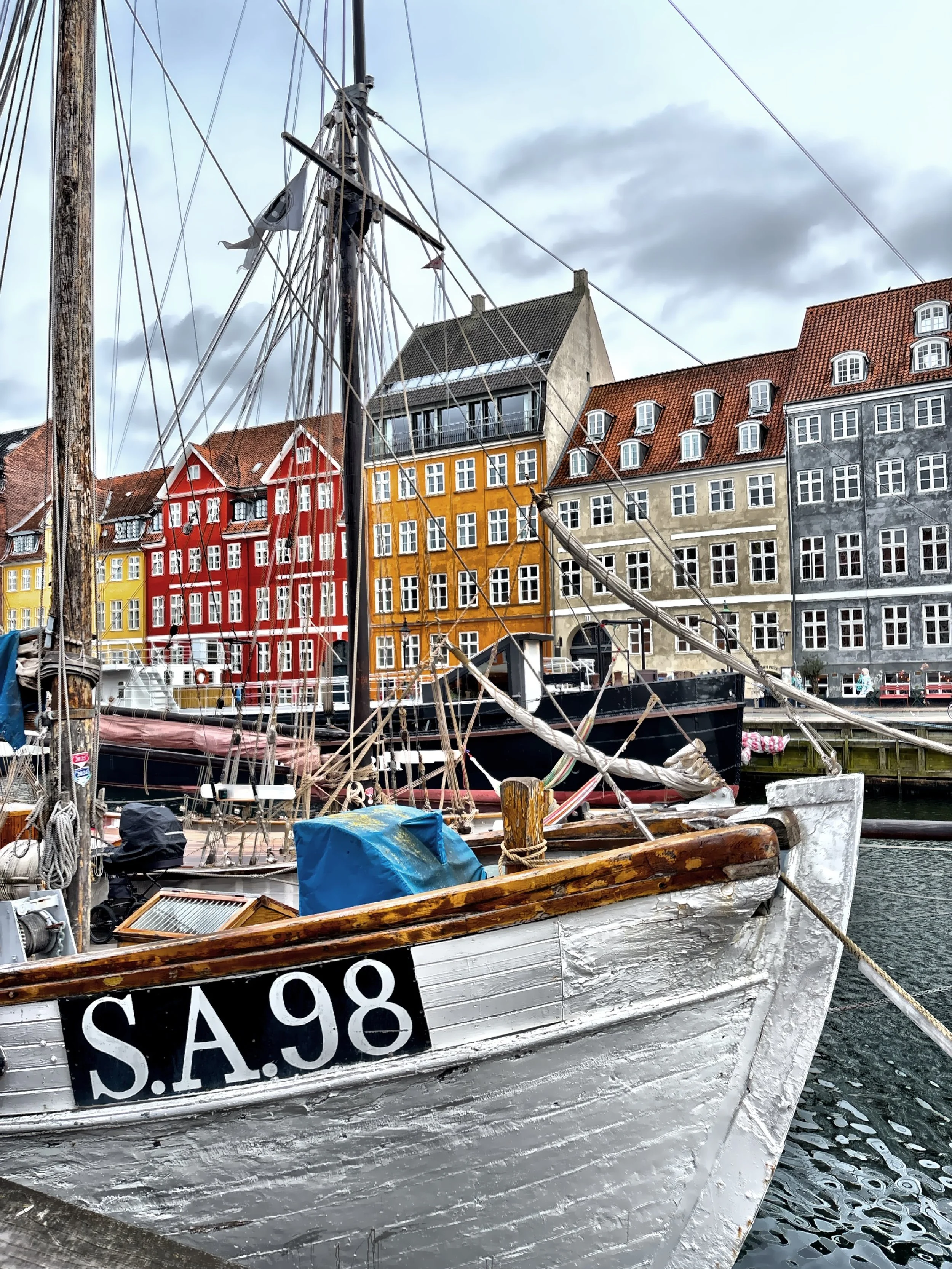
.
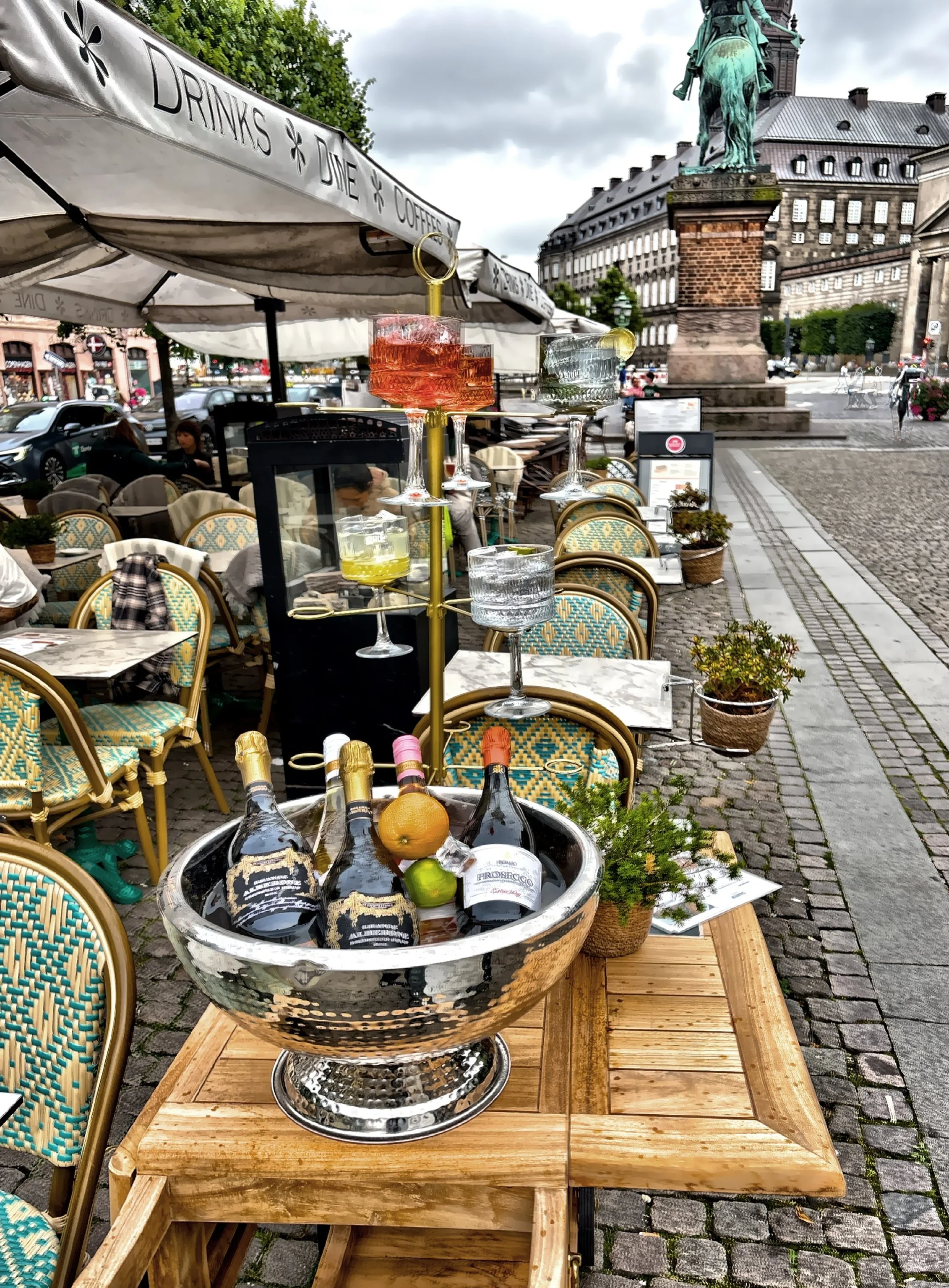
Grab a smorrebrod and a beer, and sit and watch the world go by.

The Royal Danish Theater opened its historic Old stage in 1874 and is a grand example of 19th-century eclecticism, blending neo-Renaissance and Baroque influences in lavish detail.

.
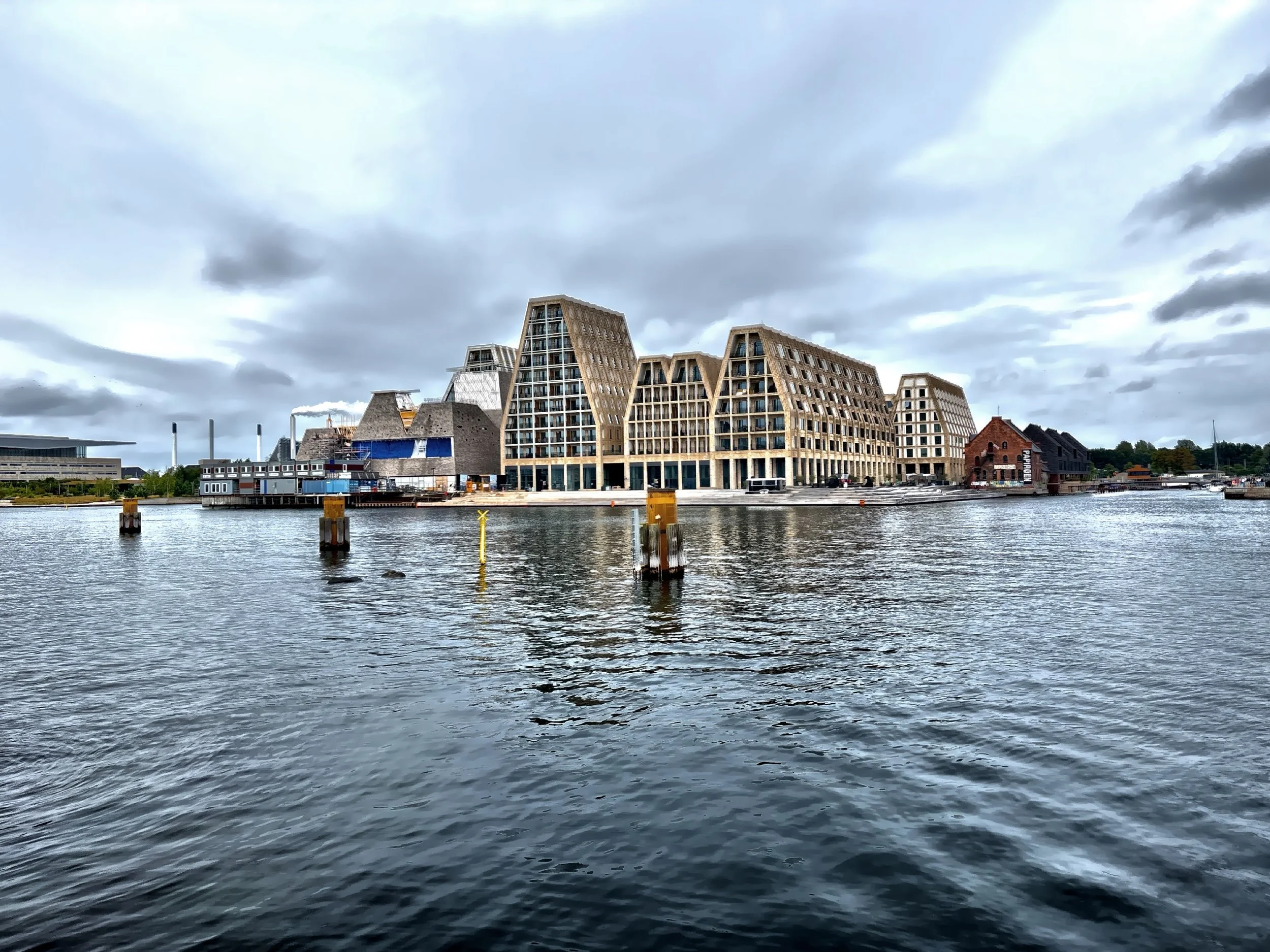
Paper Island, once home to Copenhagen’s paper storage warehouses, has transformed into a bold symbol of urban renewal and creative reuse. The island’s striking waterfront architecture and sustainable design initiatives, continue to reflect Copenhagen’s spirit of innovation, turning a former industrial zone into one of the city's most dynamic cultural hubs.

The canal-facing facade of Christiansborg Palace in the heart of the city and built on the ruins of earlier castles was completed in the early 20th century and is a striking example of Neo-Baroque architecture, with its grand facades, imposing tower, and stately interiors.
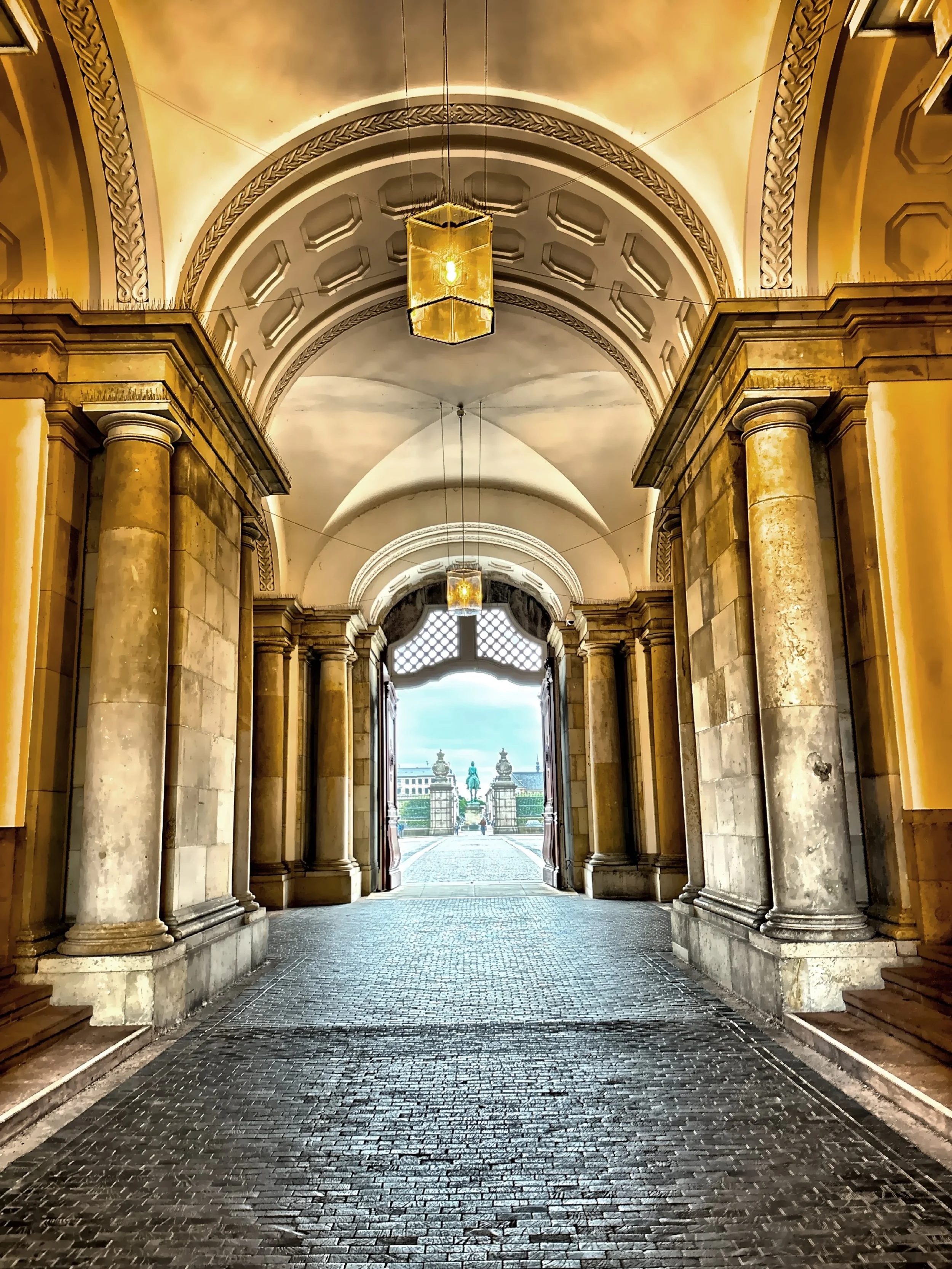
.

The rear facade of the Christiansborg Palace, which uniquely houses all three branches of Denmark’s government: the Parliament, the Supreme Court, and the offices of the Prime Minister and Royal Reception Rooms.
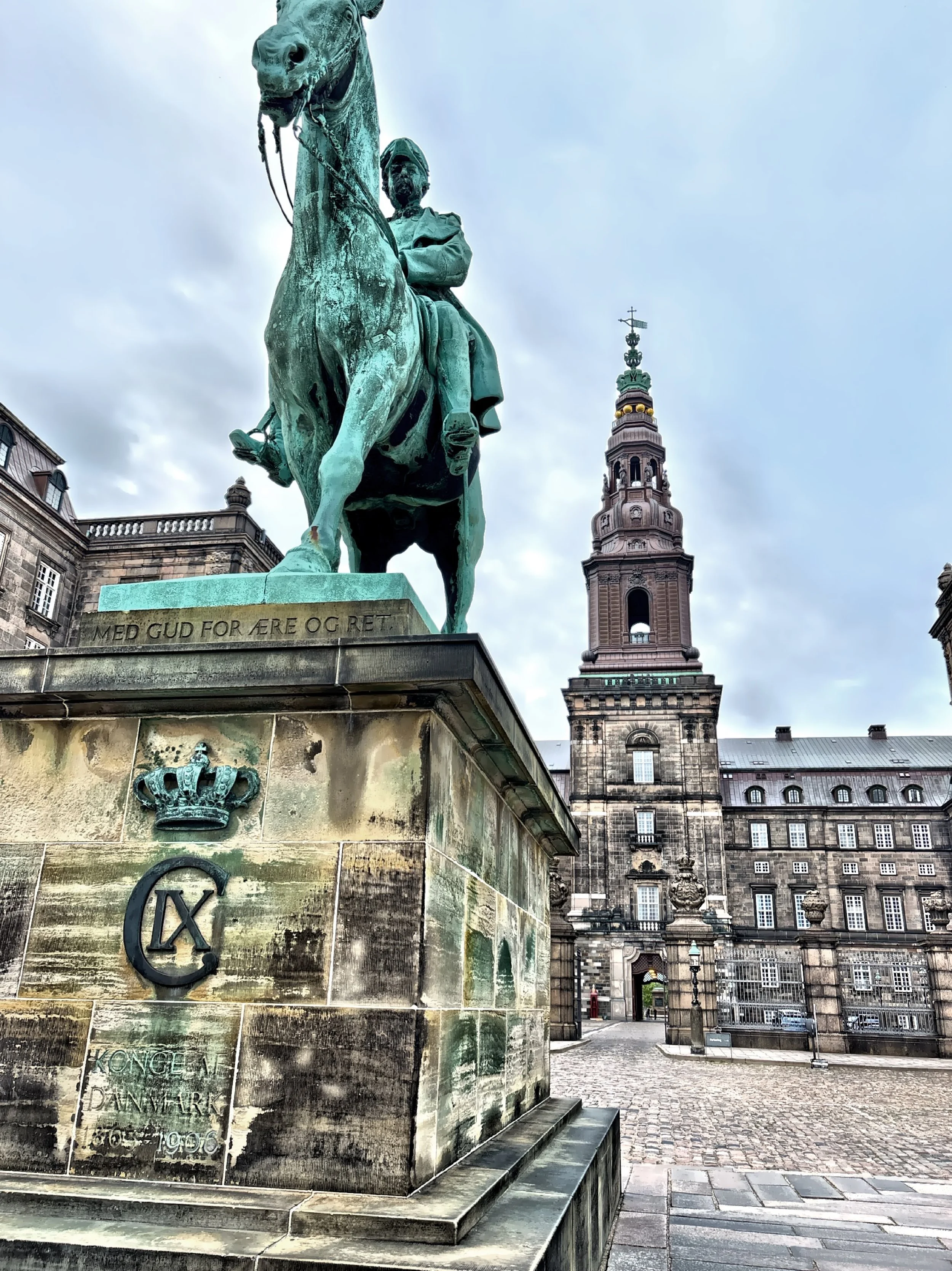
The equestrian statue of Bishop Absalon stands proudly outside Christinanborg Palace, honoring the warrior-bishop who founded Copenhagen in 1167. Cast in bronze and unveiled in 1902, the statue captures Absalon mid-motion—sword drawn, seated atop a powerful steed—symbolizing both spiritual authority and military strength.

Traditional recreational boats dock along the canal.

The city embraces modernity while honoring tradition, values quality over quantity, and encourages a slower, more mindful way of living.

This is a statue of famous Danish author Hans Christian Anderson sitting on a book at City Hall Square created by Henry Luckow-Nielsen in 1965.

The entrance to one of the oldest amusement parks in the world, Tivoli Gardens. It is said to have inspired Walt Disney in the creation of Disneyland.
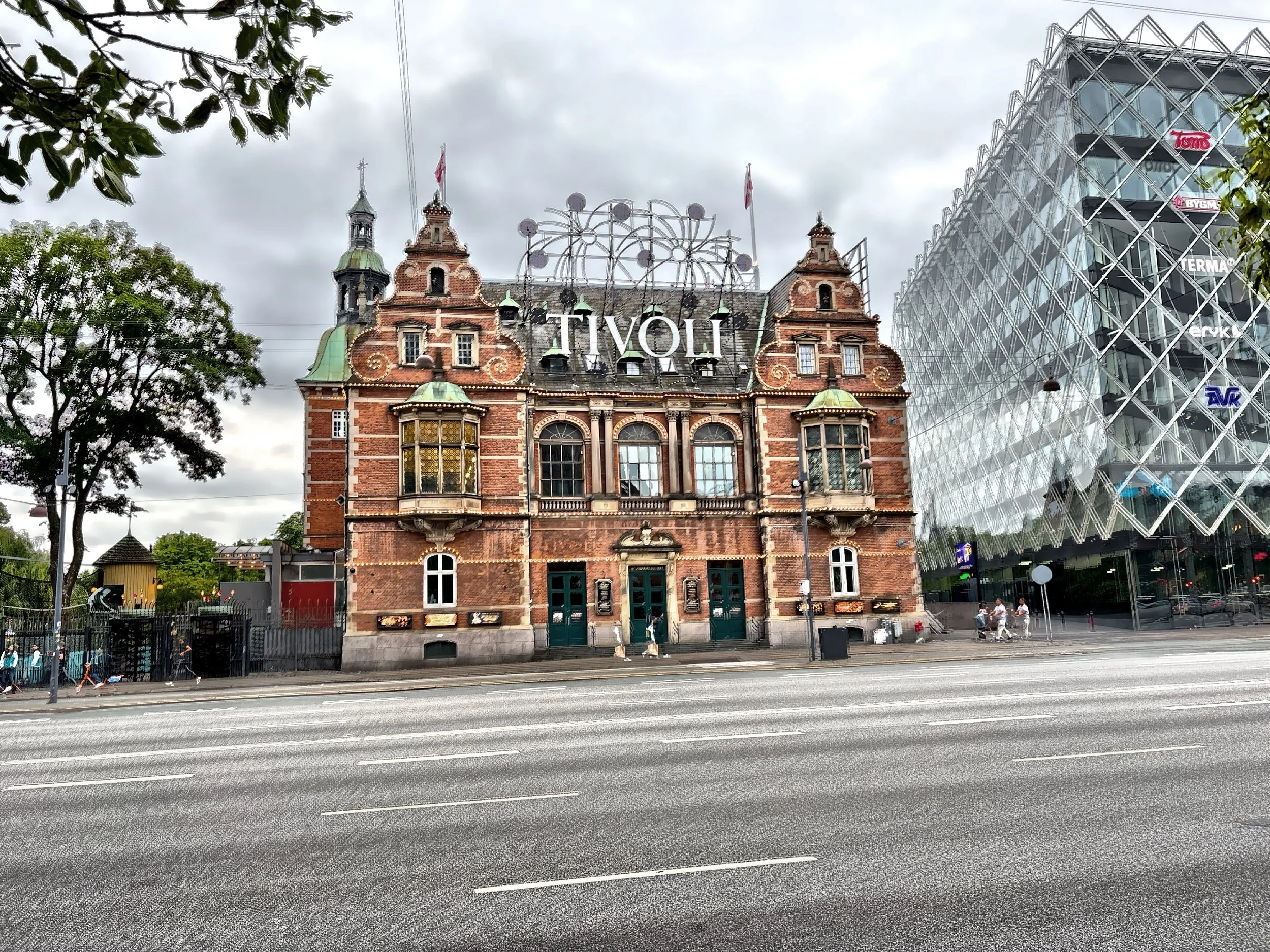
.

Copehangen City Hall building was designed by Martin Nyrop and completed in 1905.

.

The Art Nouveau-style Dragon Fountain located in City Hall Square.
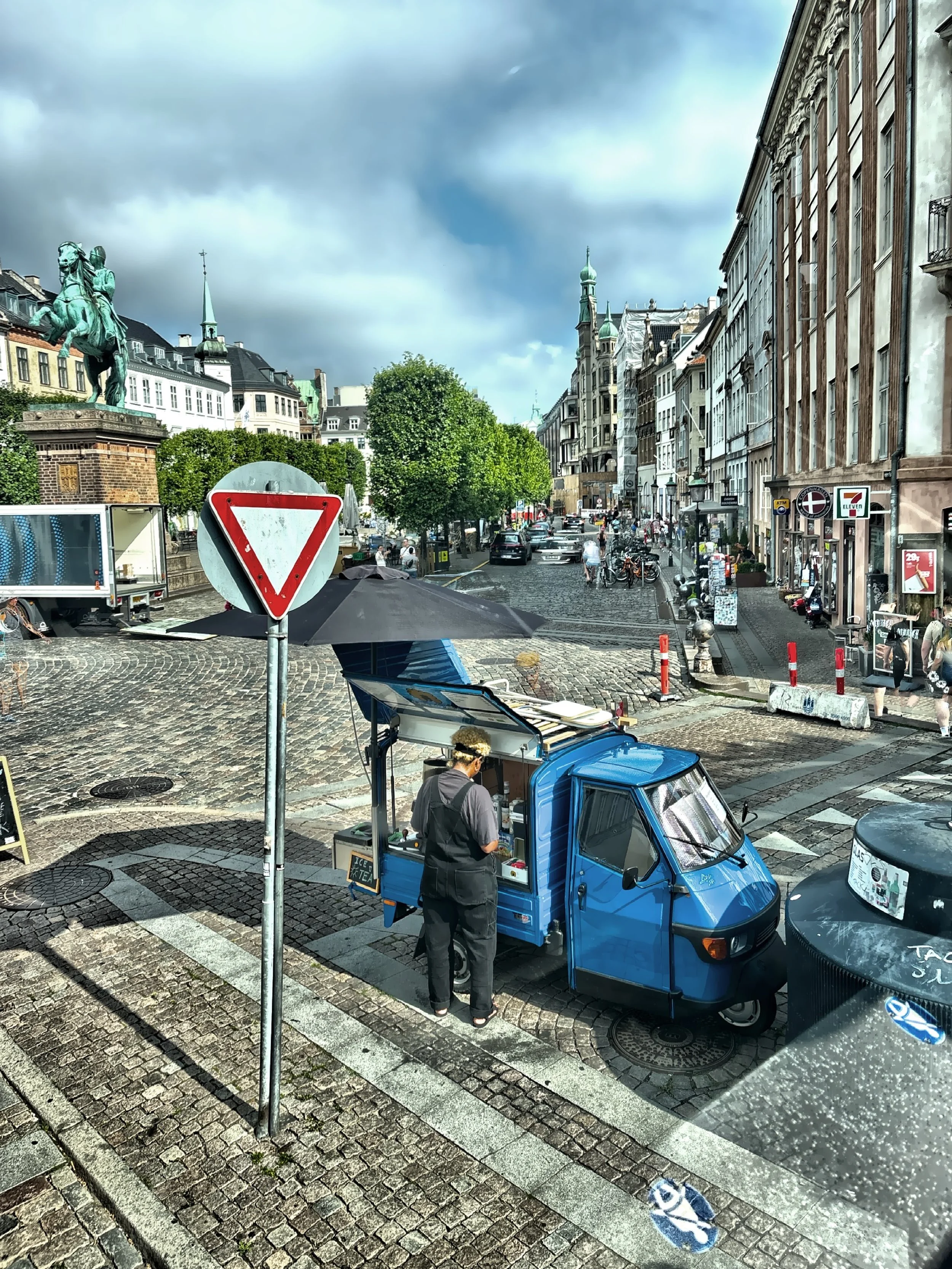
.

The ‘Weather Girls’ sculpture atop the Richshuset Building features two gilded female figures on a rotating disk that serves as a whimsical weather forecast. When the weather is fair, a girl on a bicycle appears; when rain is expected, a girl holding an umbrella takes her place. Both the sculpture and the neon thermometer that runs down the corner of the building were designed by Einar Utzon-Frank in 1936. The girl on the bicycle has since become a charming symbol of Copenhagen’s relationship with cycling and weather alike.
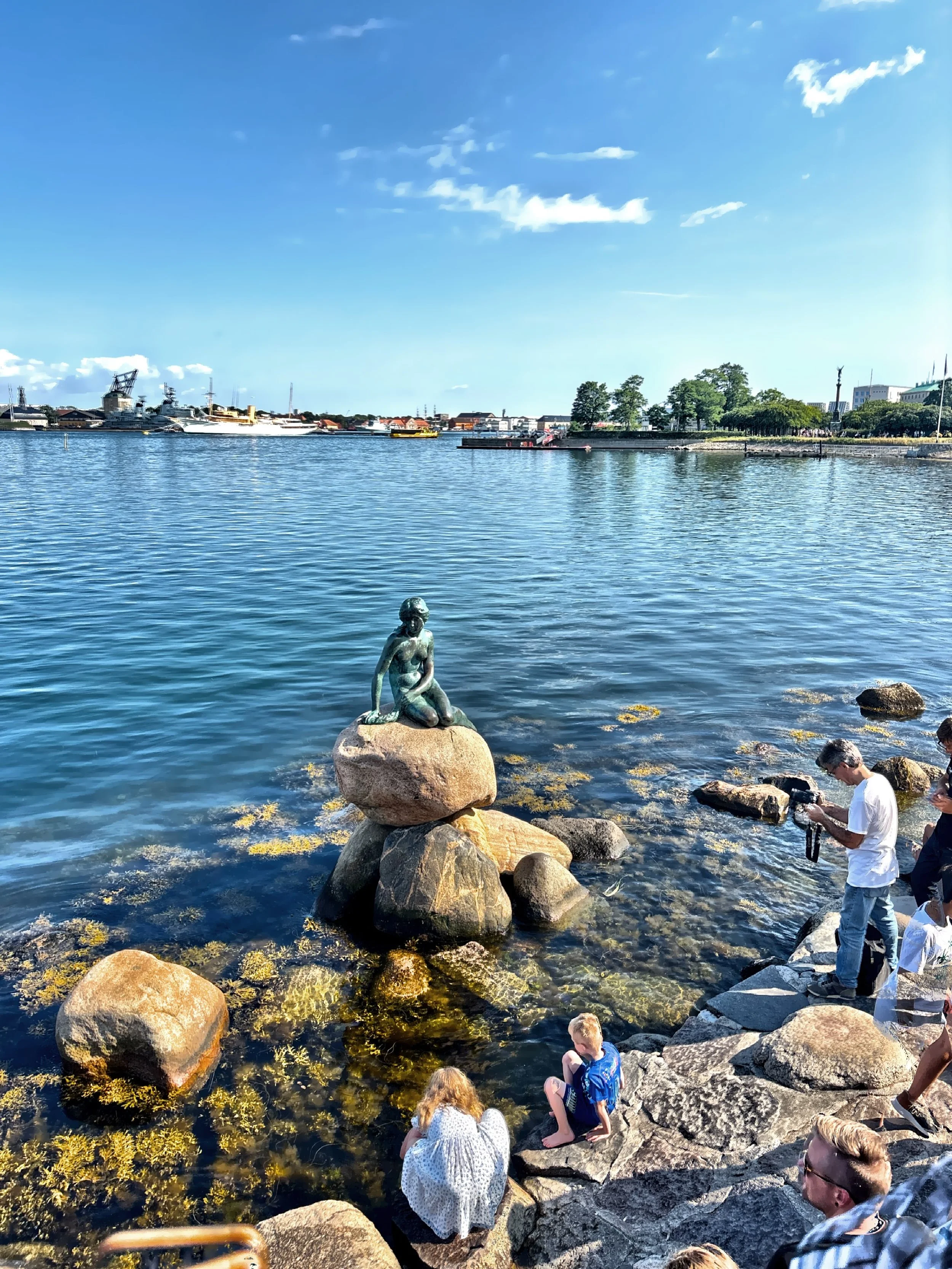
The iconic ‘Little Mermaid’ statue on a rock at Landline Pier was inspired by Hans Christian Andersen’s famous fairytale.
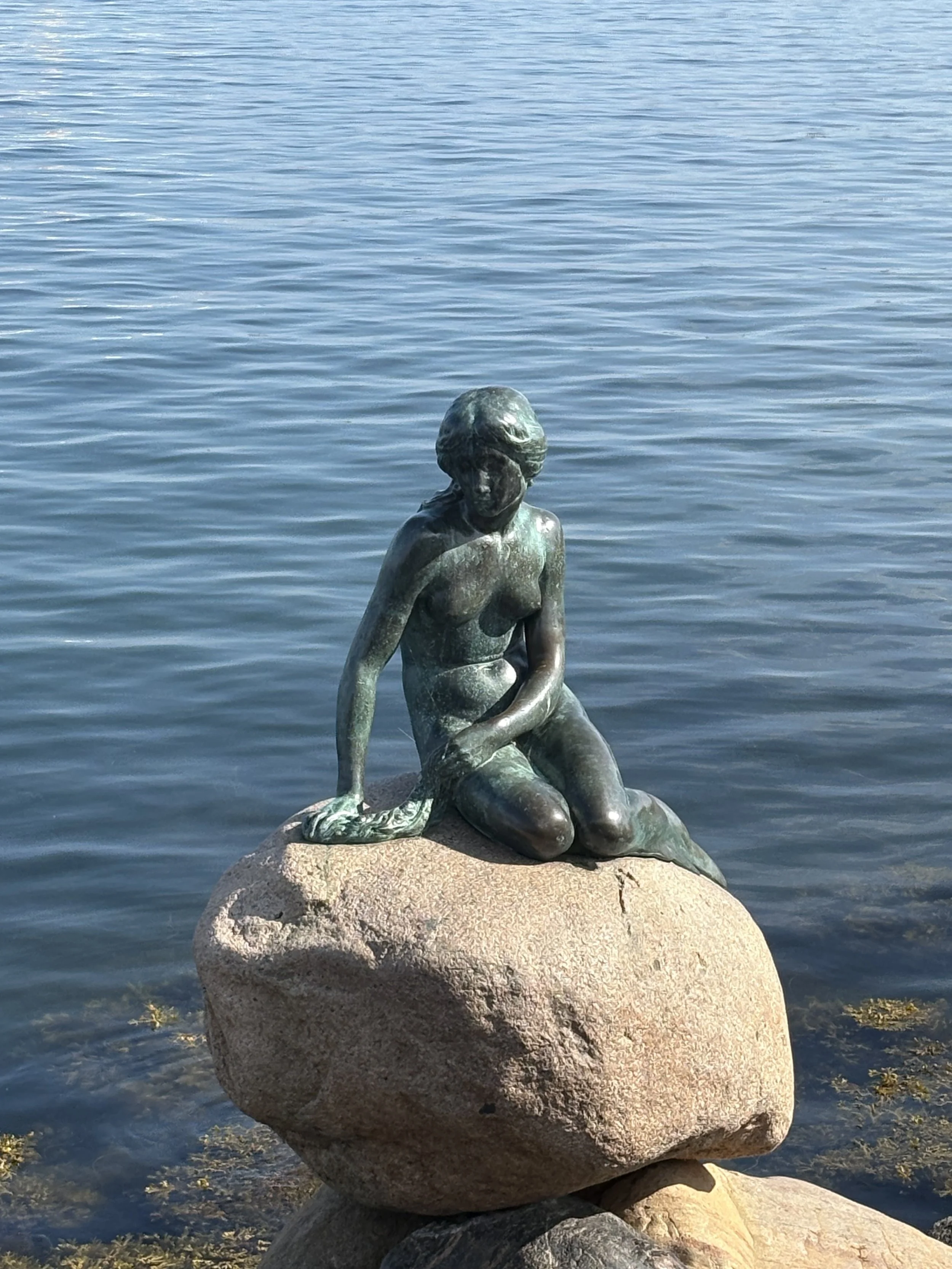
.

.
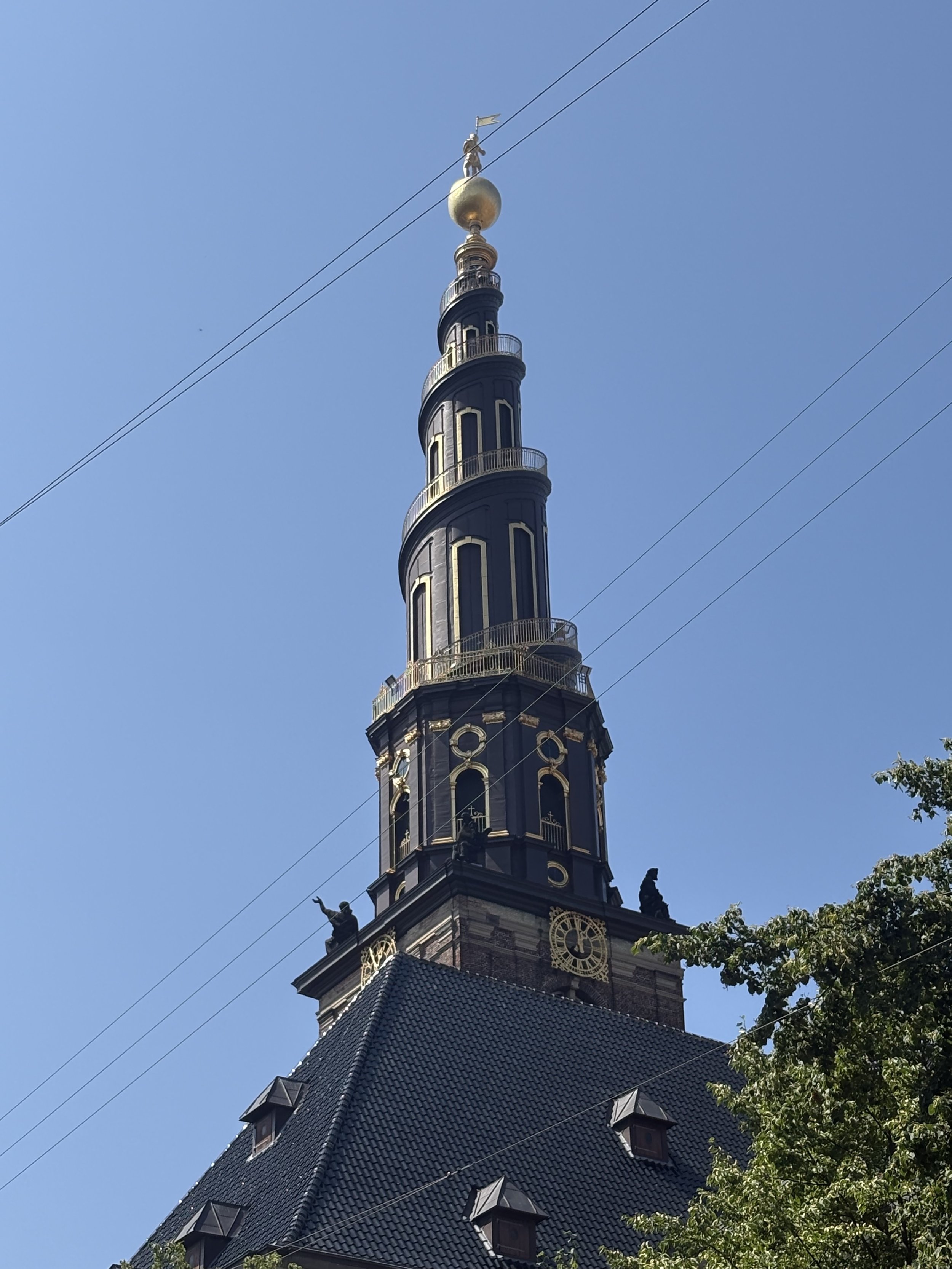
The baroque-style Church of Our Savior, most famous for the external spiral winding staircase that can be climbed to the top.
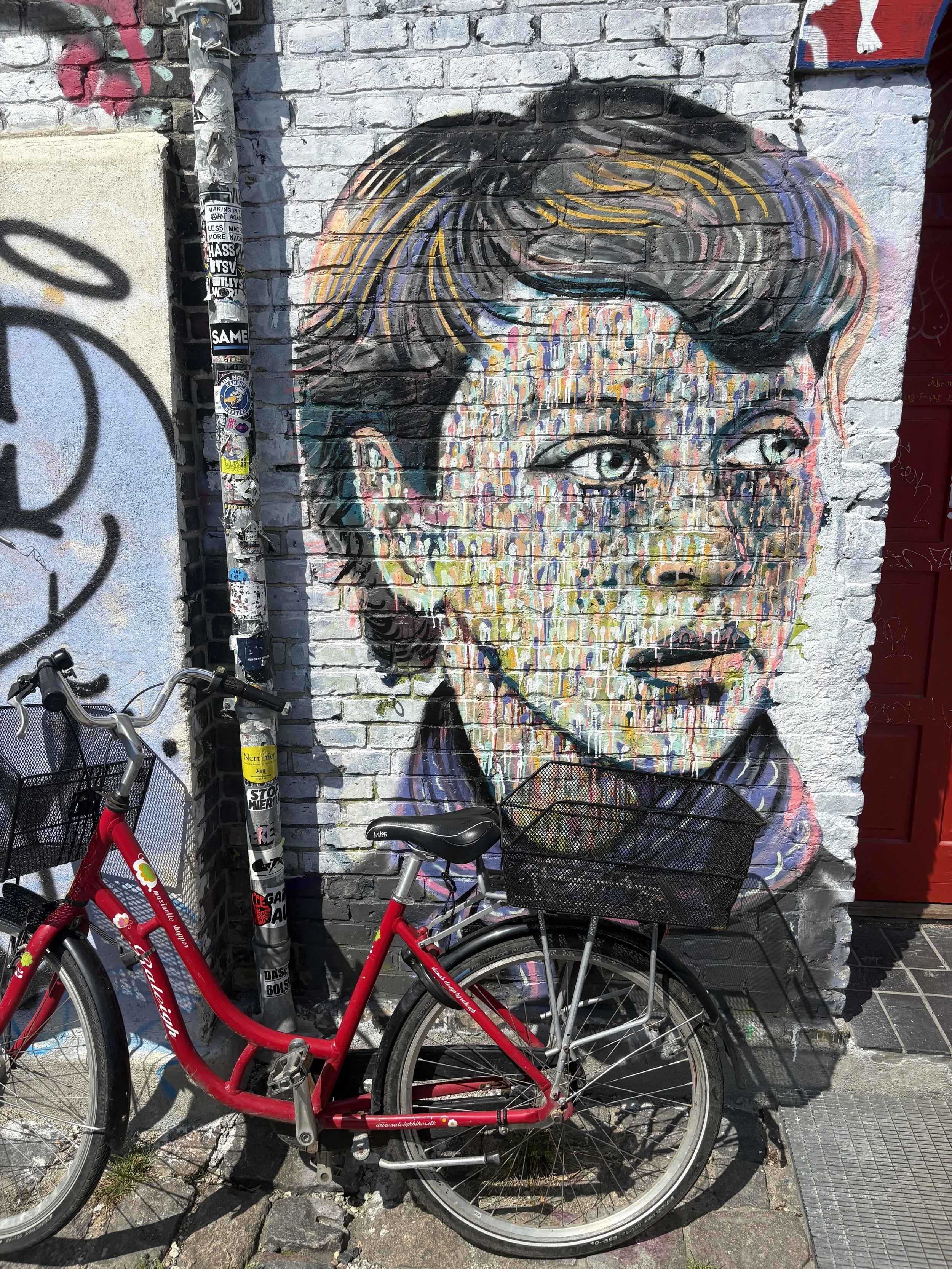
Bohemian Freetown Christiania is fascinating in its own raw, rebellious way.
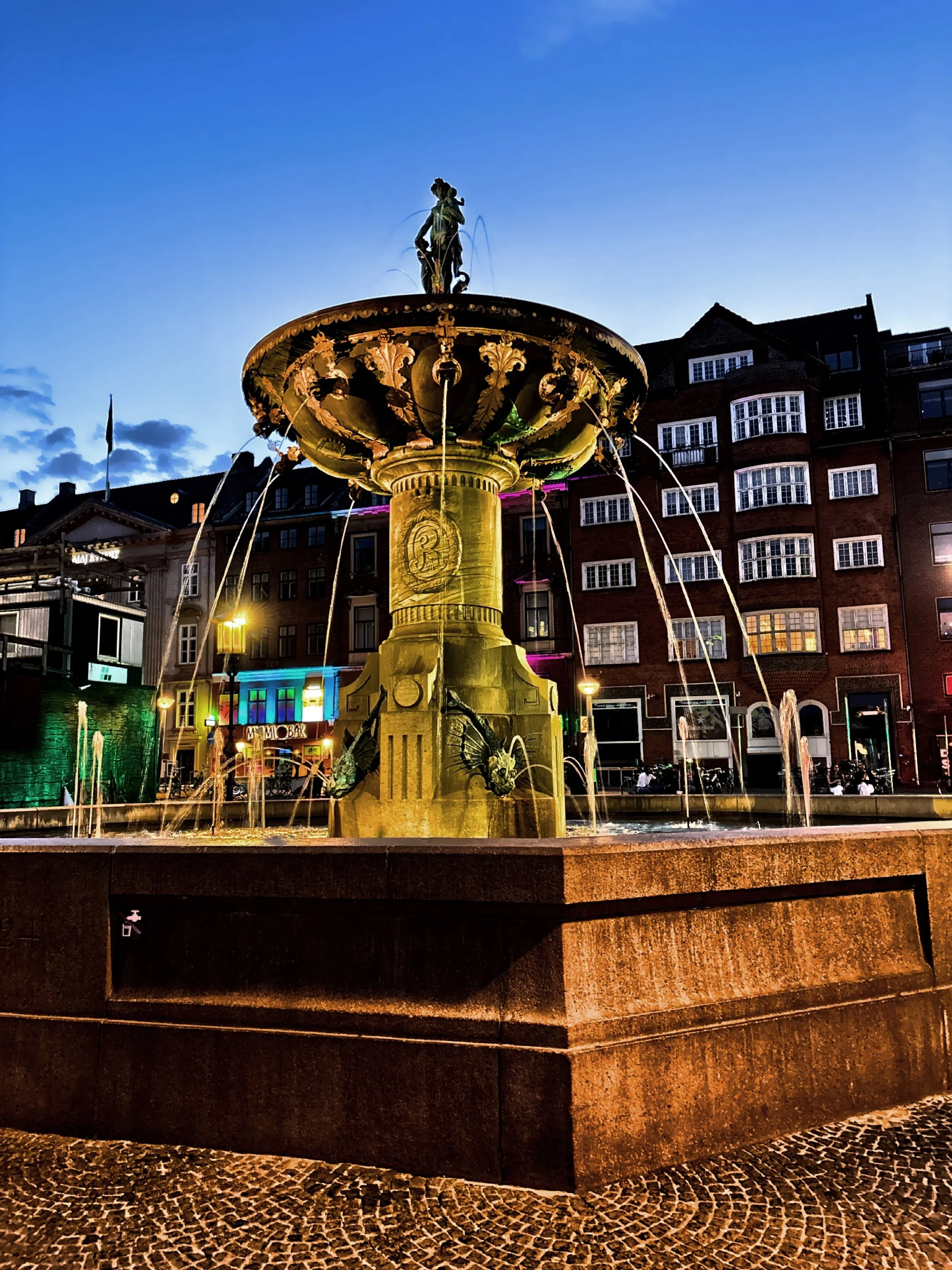
Caritas Fountain, the oldest fountain in Denmark, built in 1608 by Christian IV.

.

.
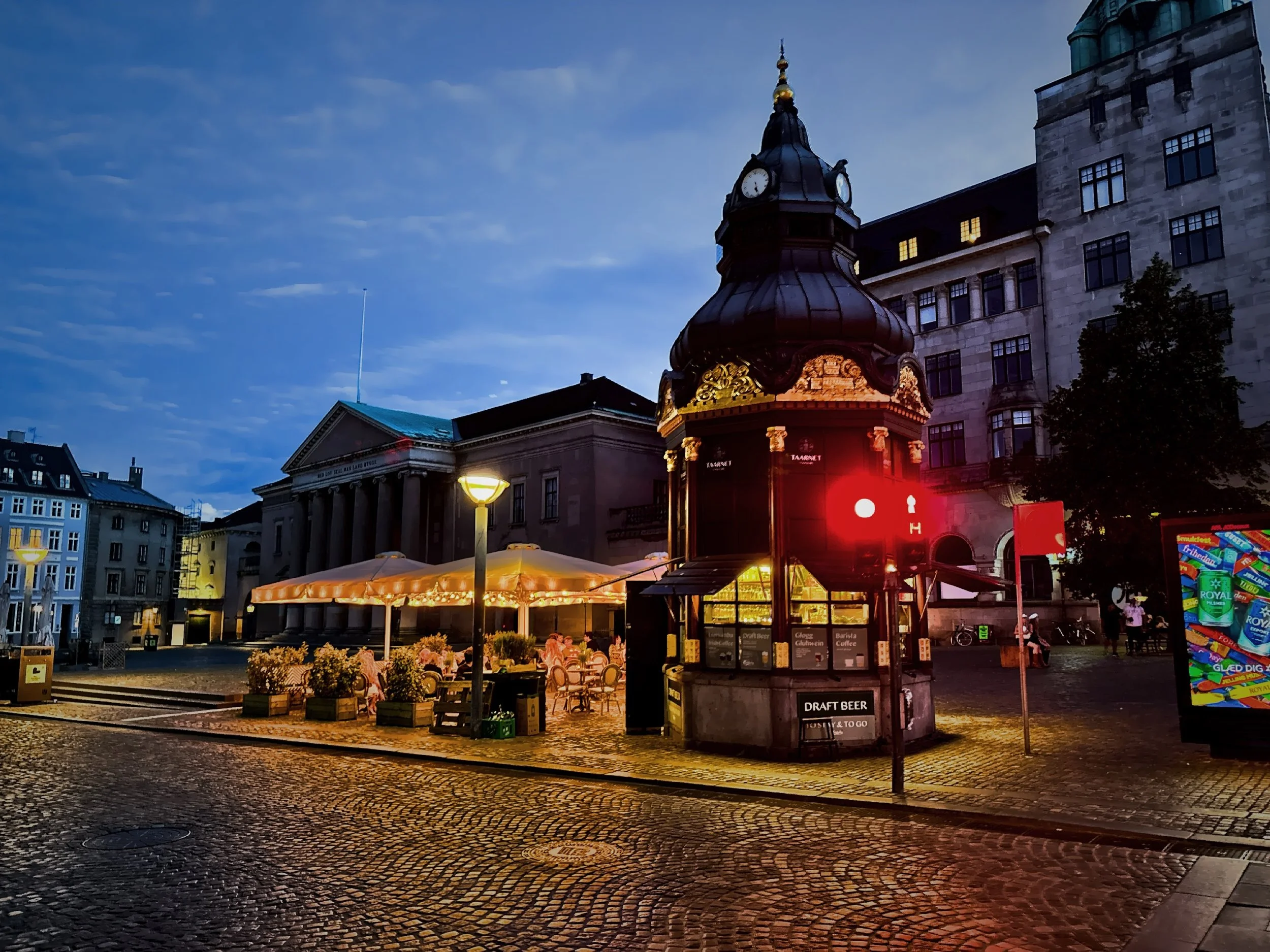
There’s a calm to this city, even in its busiest areas. People move with purpose, but never seem rushed.
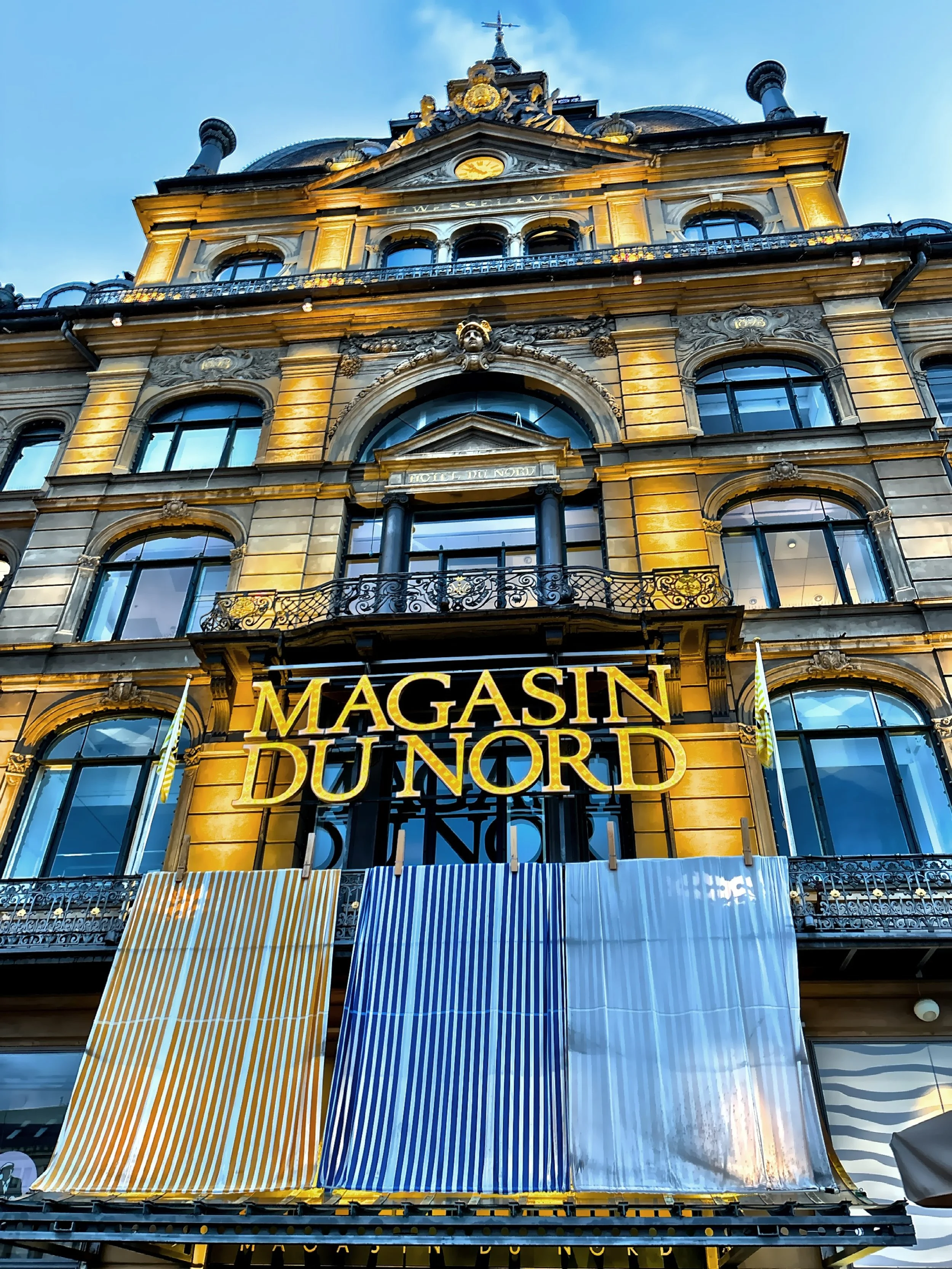
The flagship store of Magazine du Nord, a prominent department store in Denmark. Founded in 1868, it is known for its history and holiday displays..
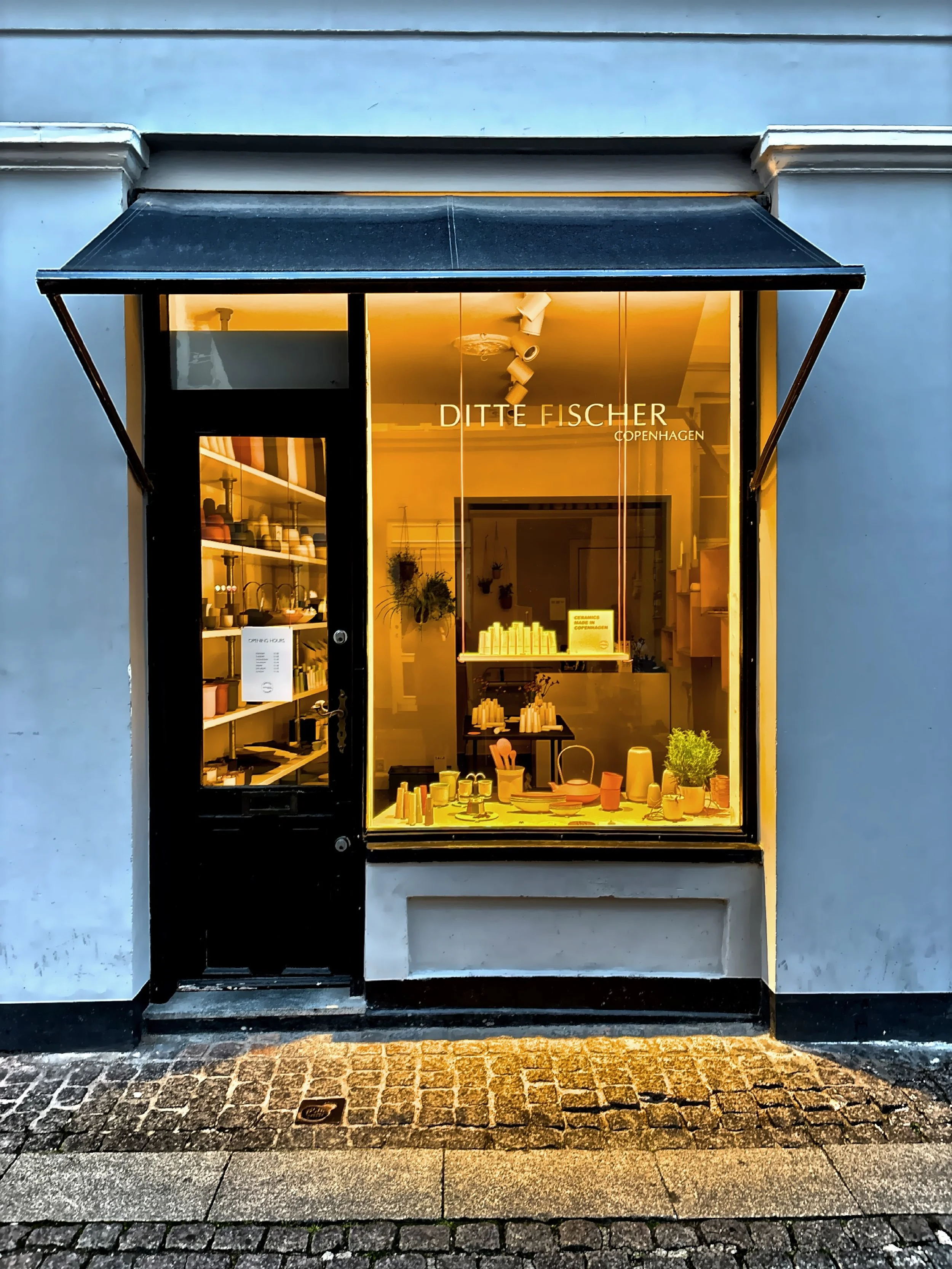
.
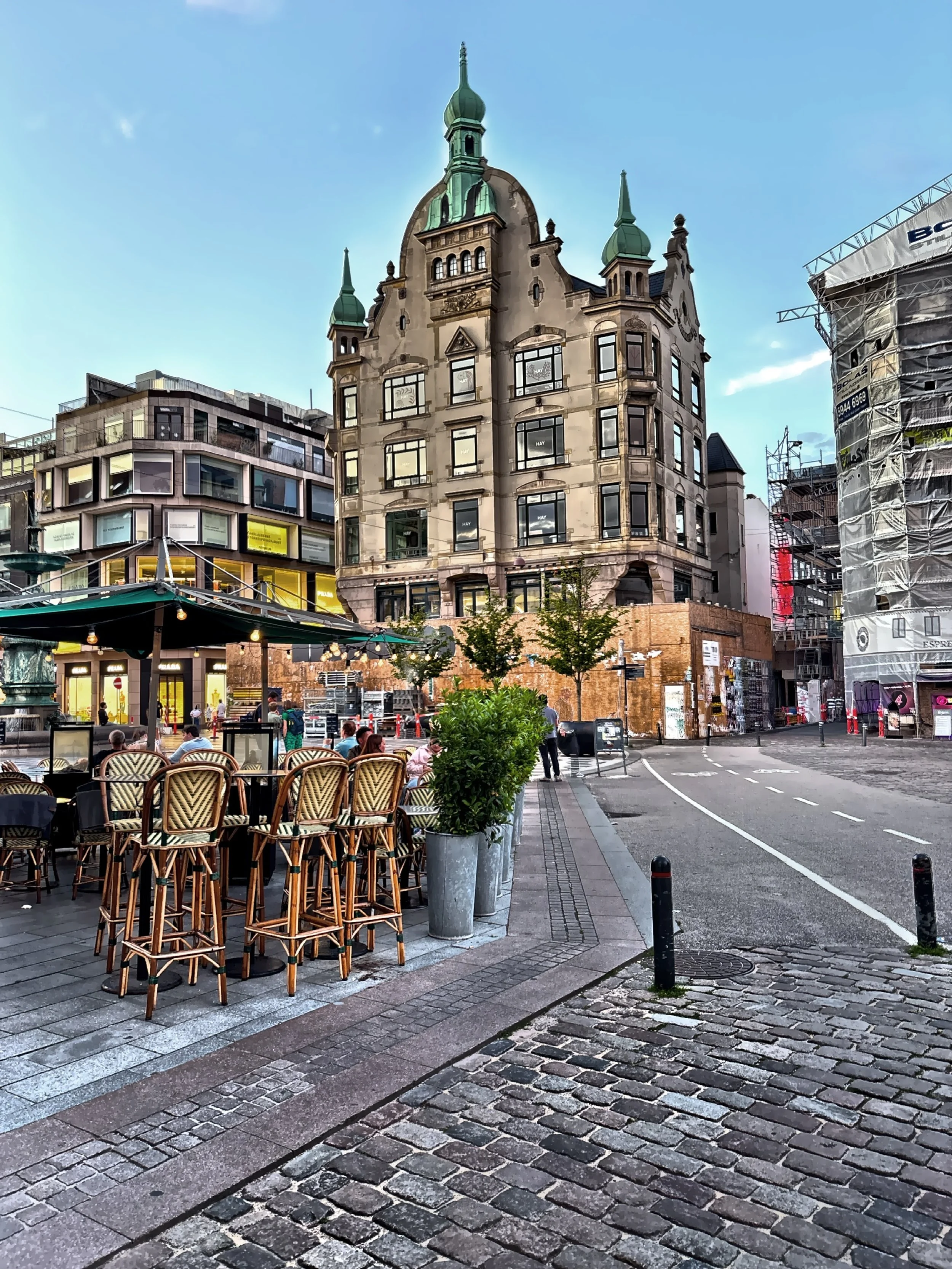
A small square with the HAY House, the flagship store of the Danish design company, in the background.
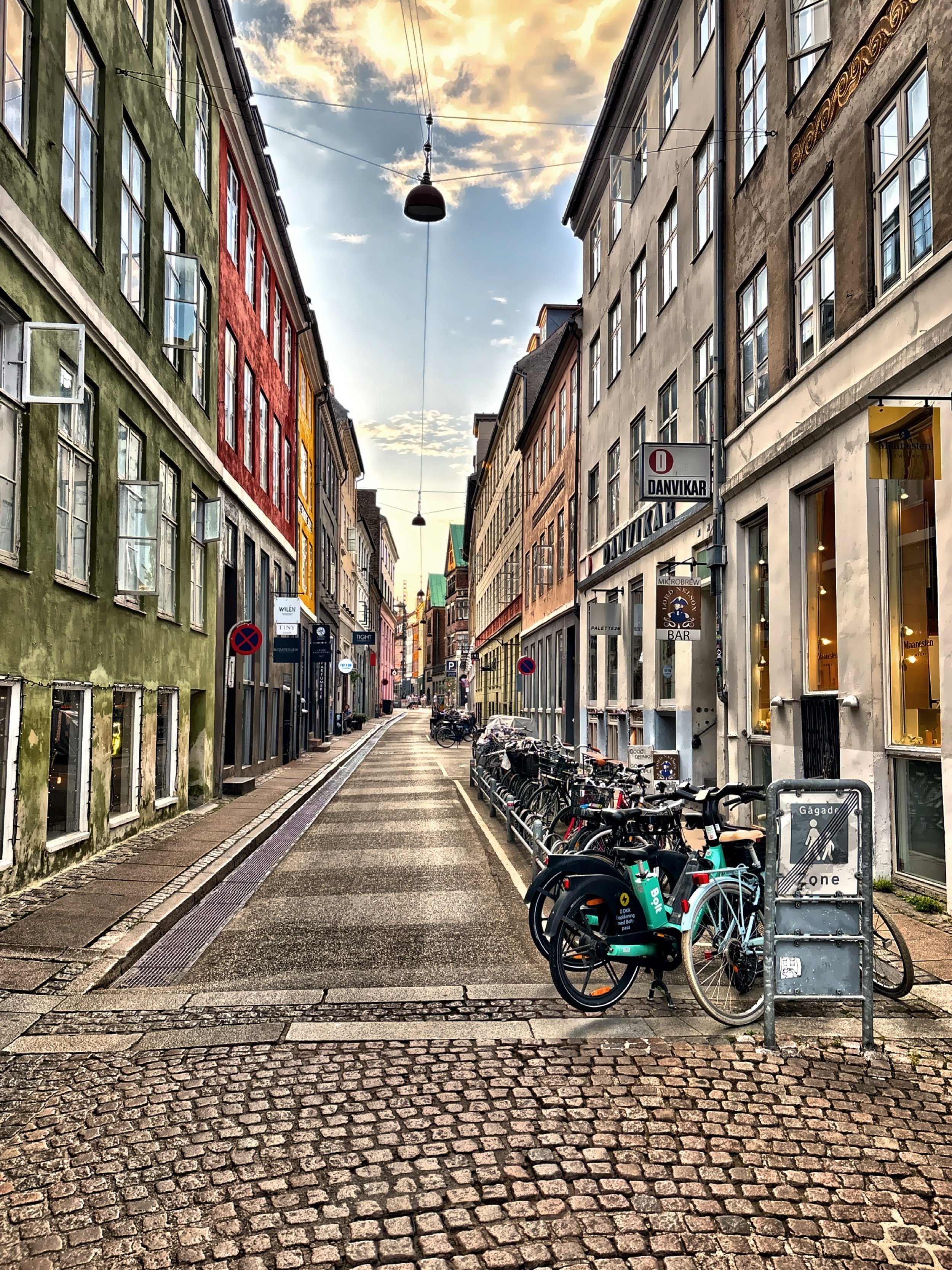
Cobblestone streets wind through colorful neighborhoods, and there’s a sense of effortless style and history everywhere you look.

Everyone rides one—suits, students, parents with kids in cargo boxes.

.
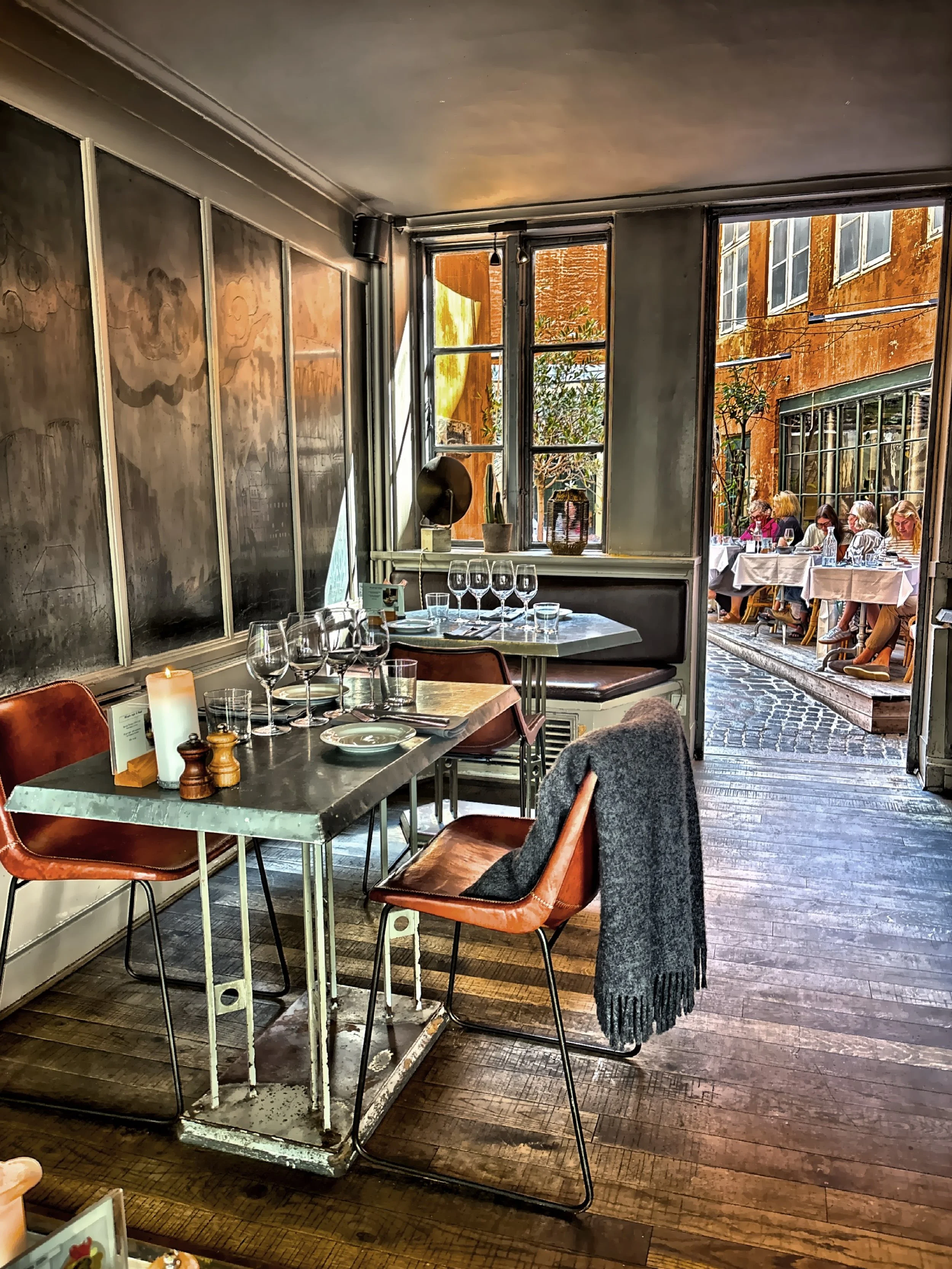
.
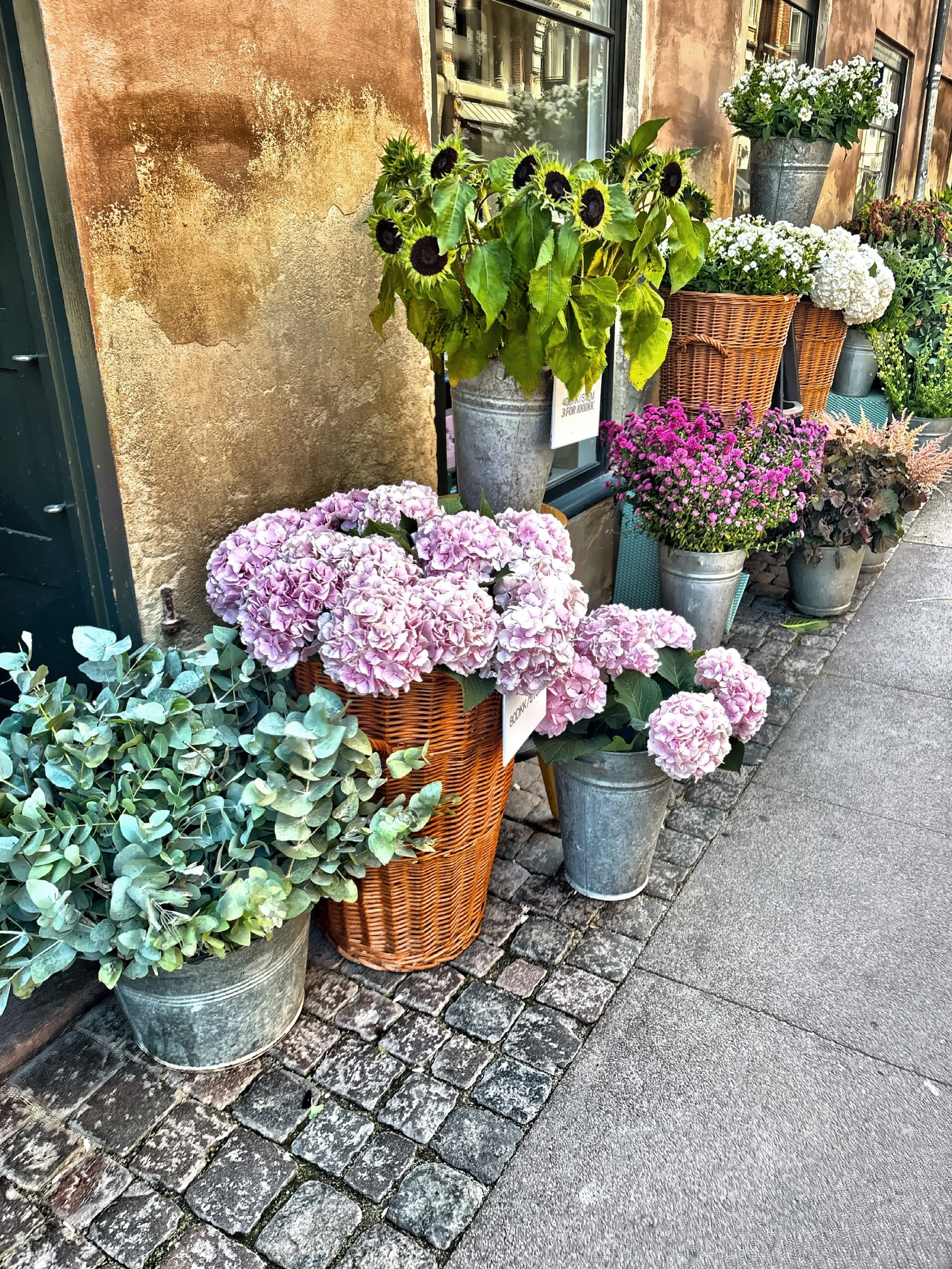
The Danish capital is one of Europe’s most livable cities, and as a traveler, you feel that immediately—everything is clean, efficient, and effortlessly stylish.

.
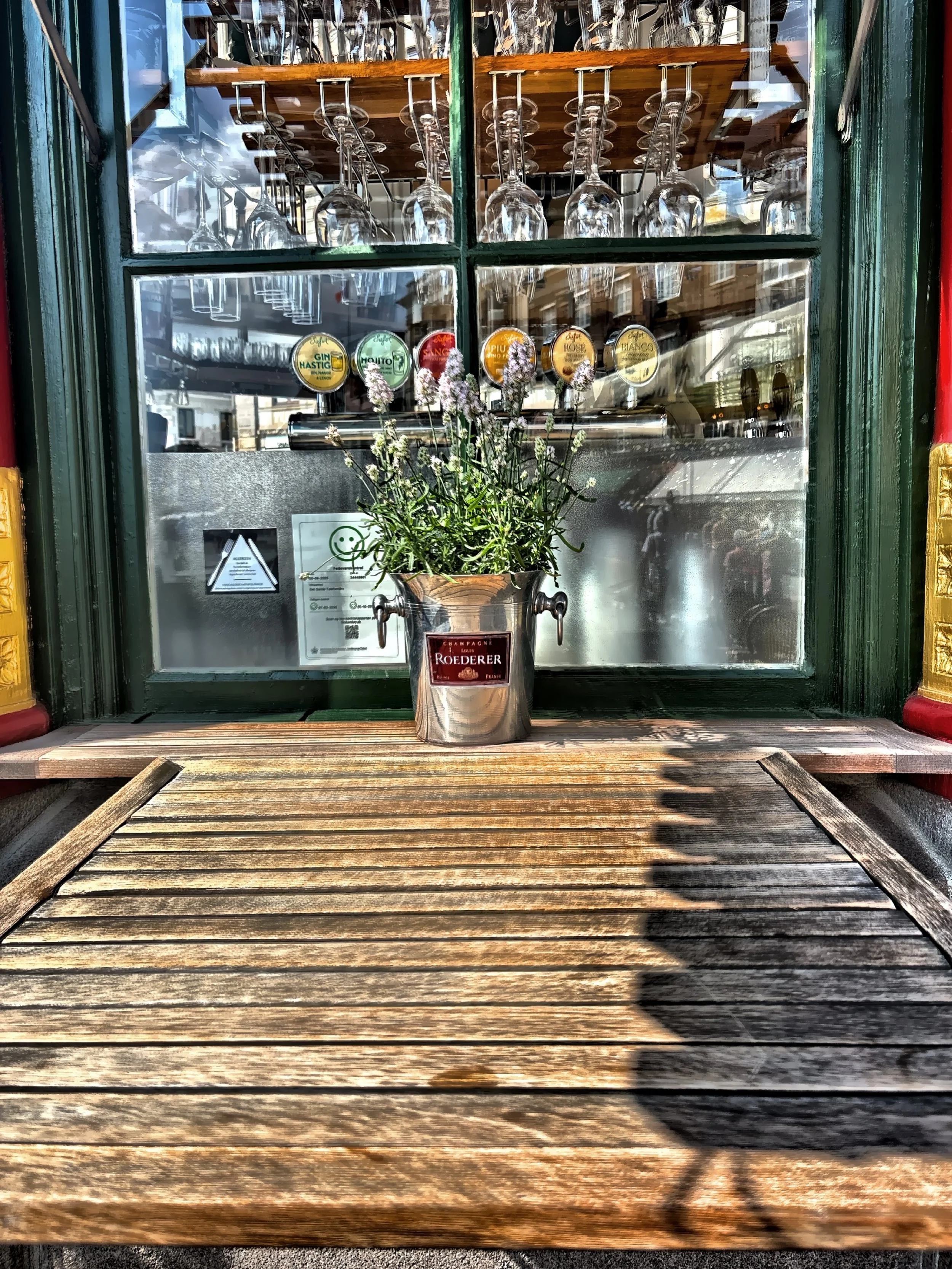
.
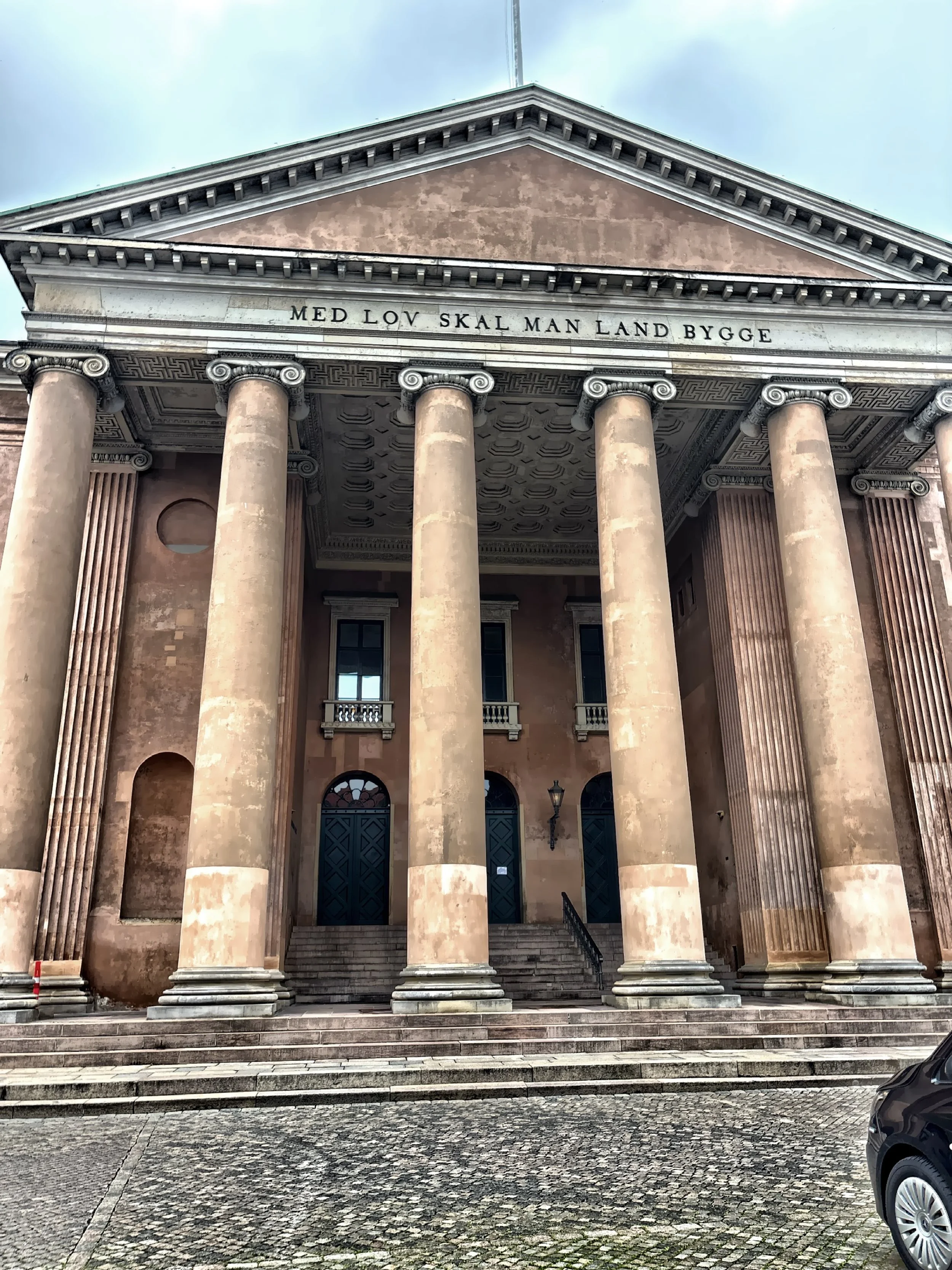
.
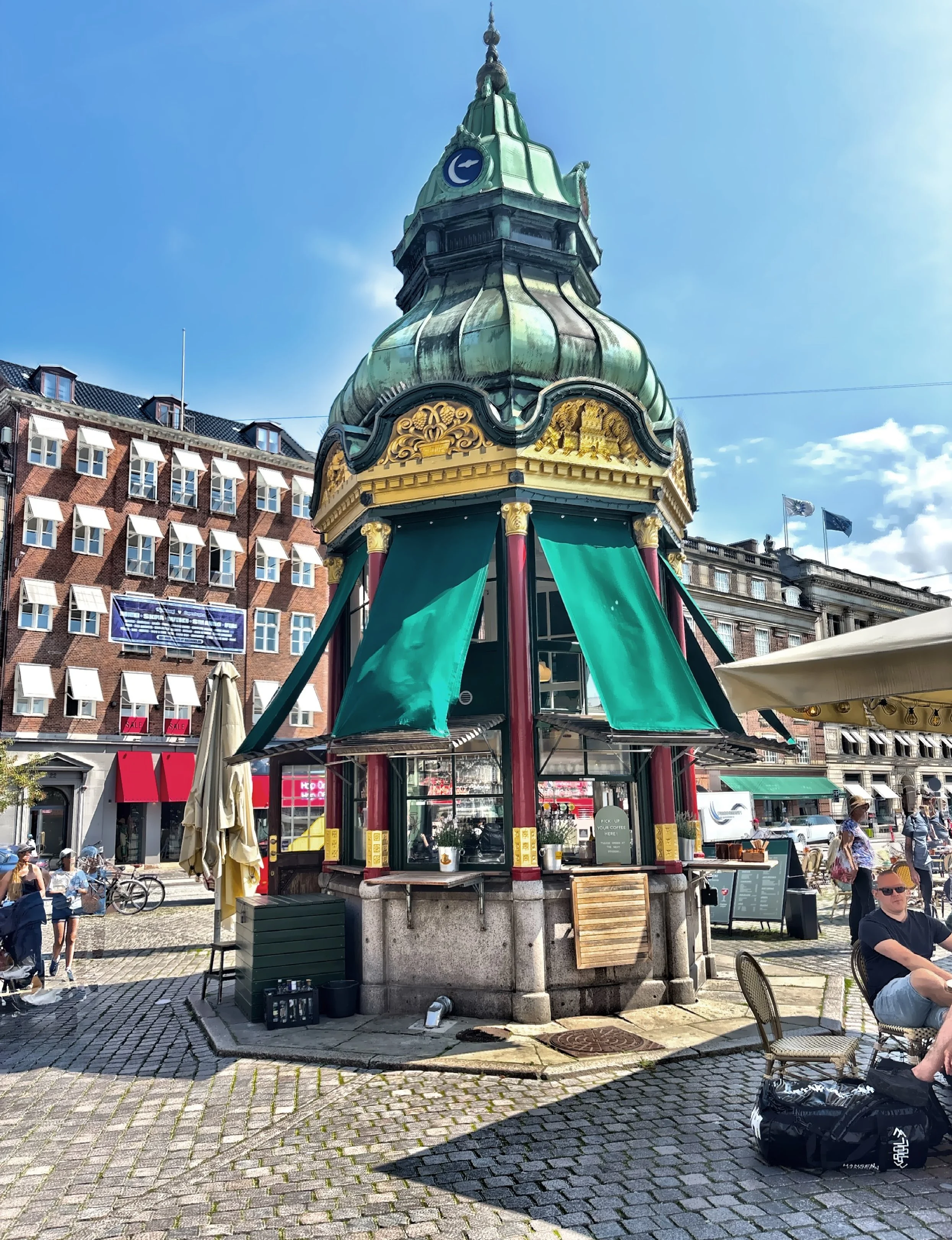
This elegant circular structure was built in 1913 to house Copenhagen’s first public telephones, today it server as a small cafe.

The Central Hornet is a well-known gay bar and cultural institution.
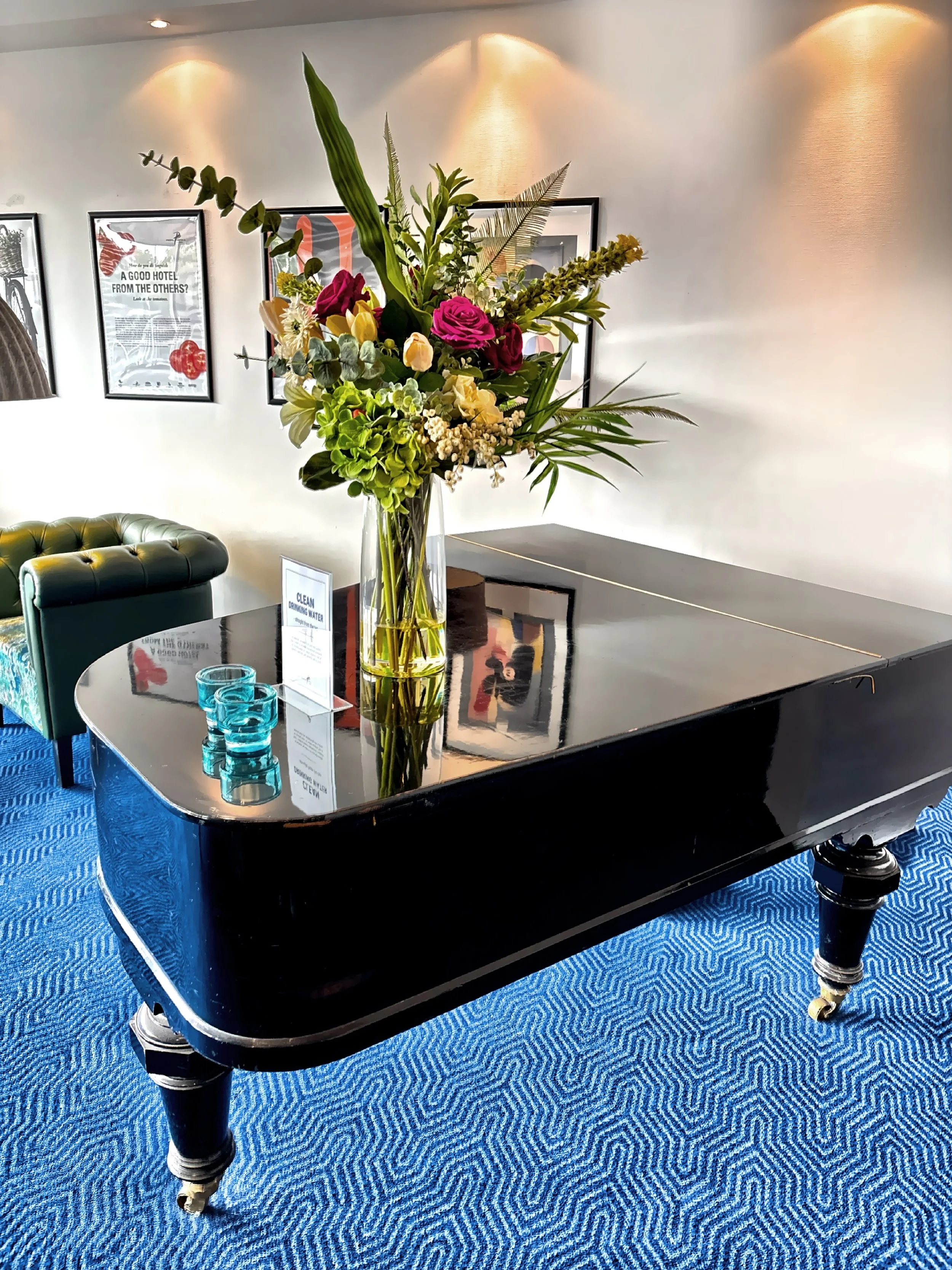
.

.

.

.
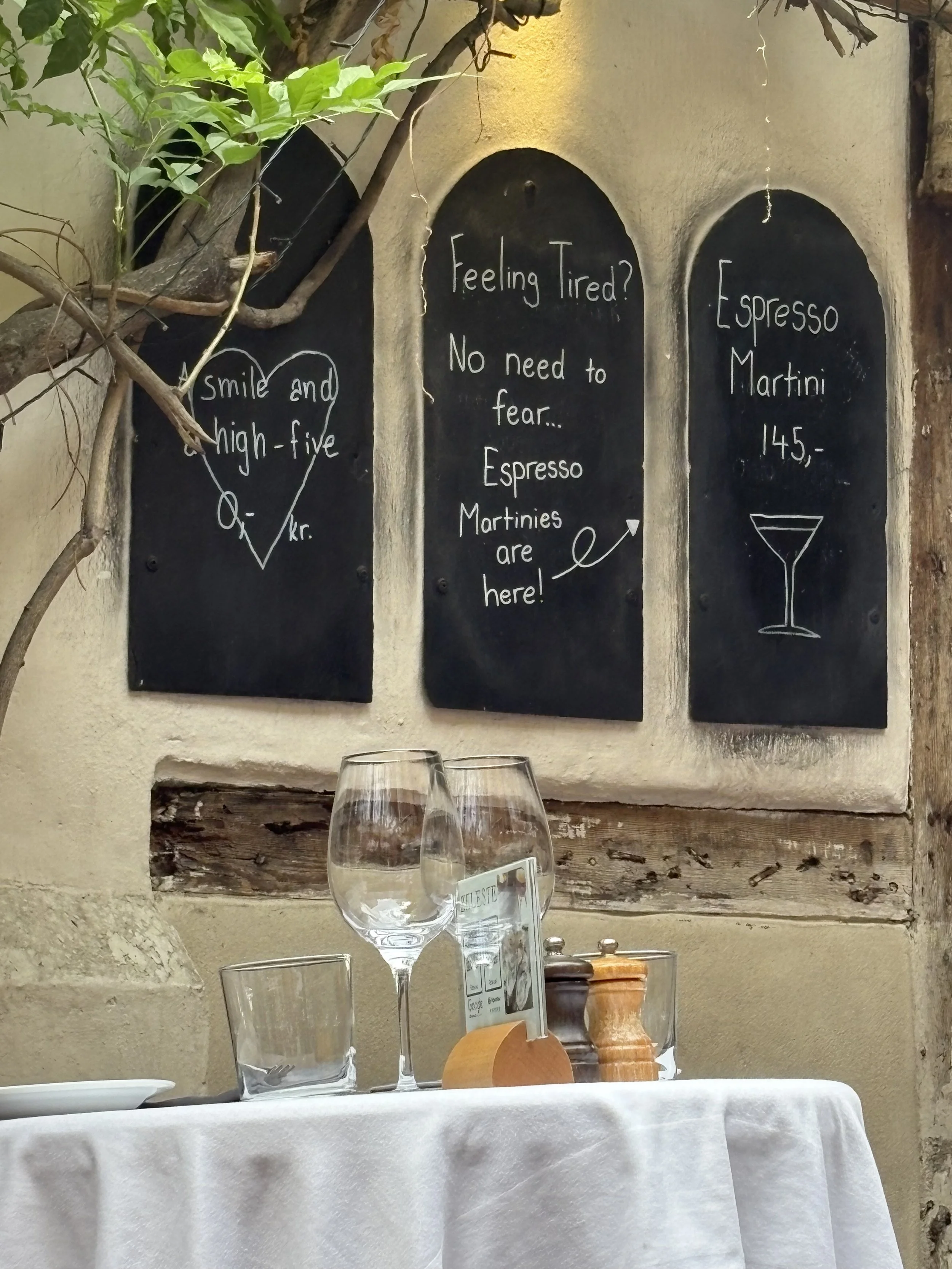
.

Amalienborg is the official residence of the Danish Royal Family, it consists of four identical palaces surrounding Amalienborg Square. In the background is the domed Frederik’s Church (aka Marble Church). In the center of of the square stands the equestrian statue of King Frederick V of Denmark.

‘Meeting of the Styles’ is an internationally renowned street art and graffiti festival in Copenhagen each July, drawing dozens of artists from around the world for a weekend of live creativity and cultural exchange.

.
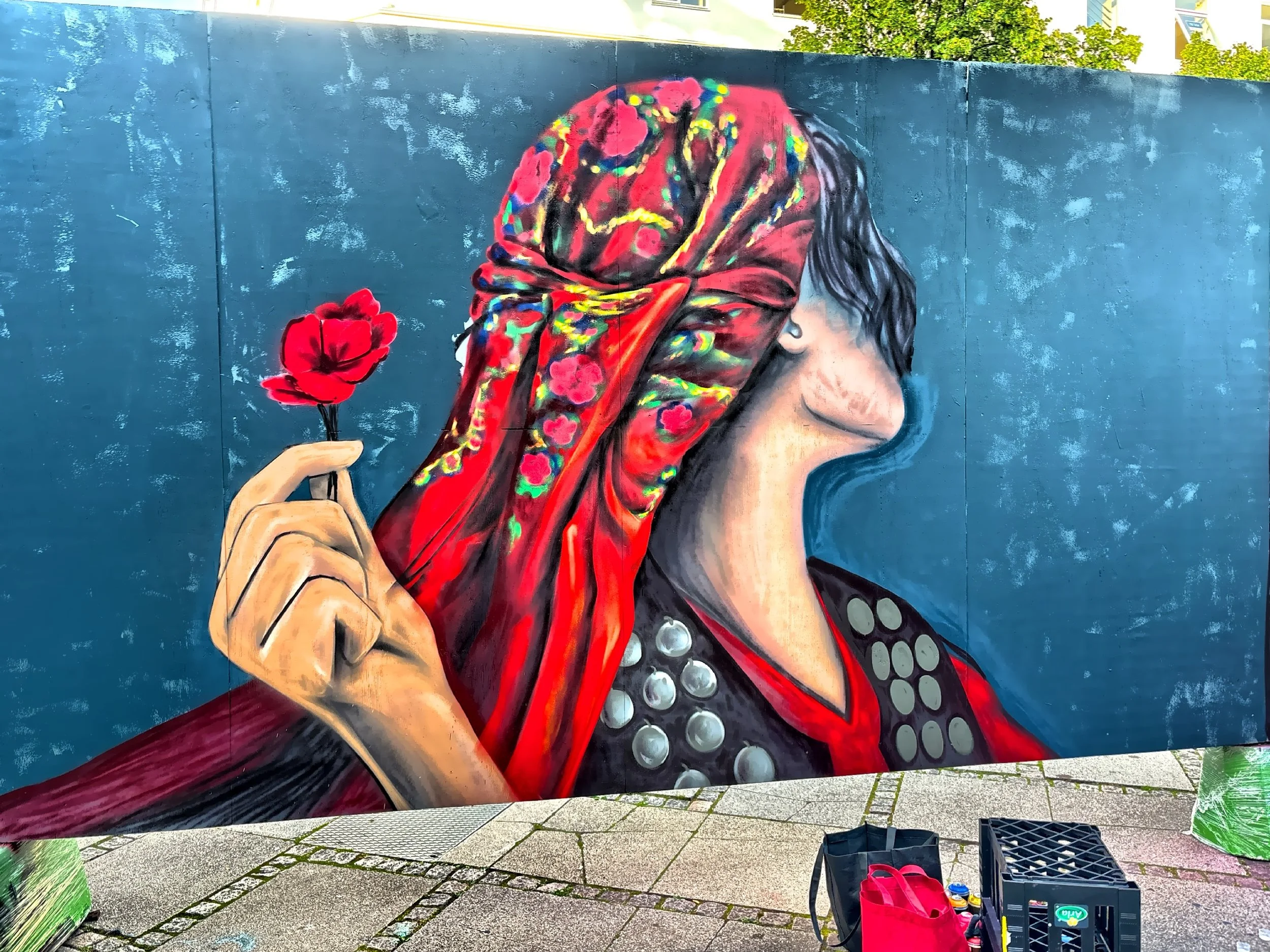
.
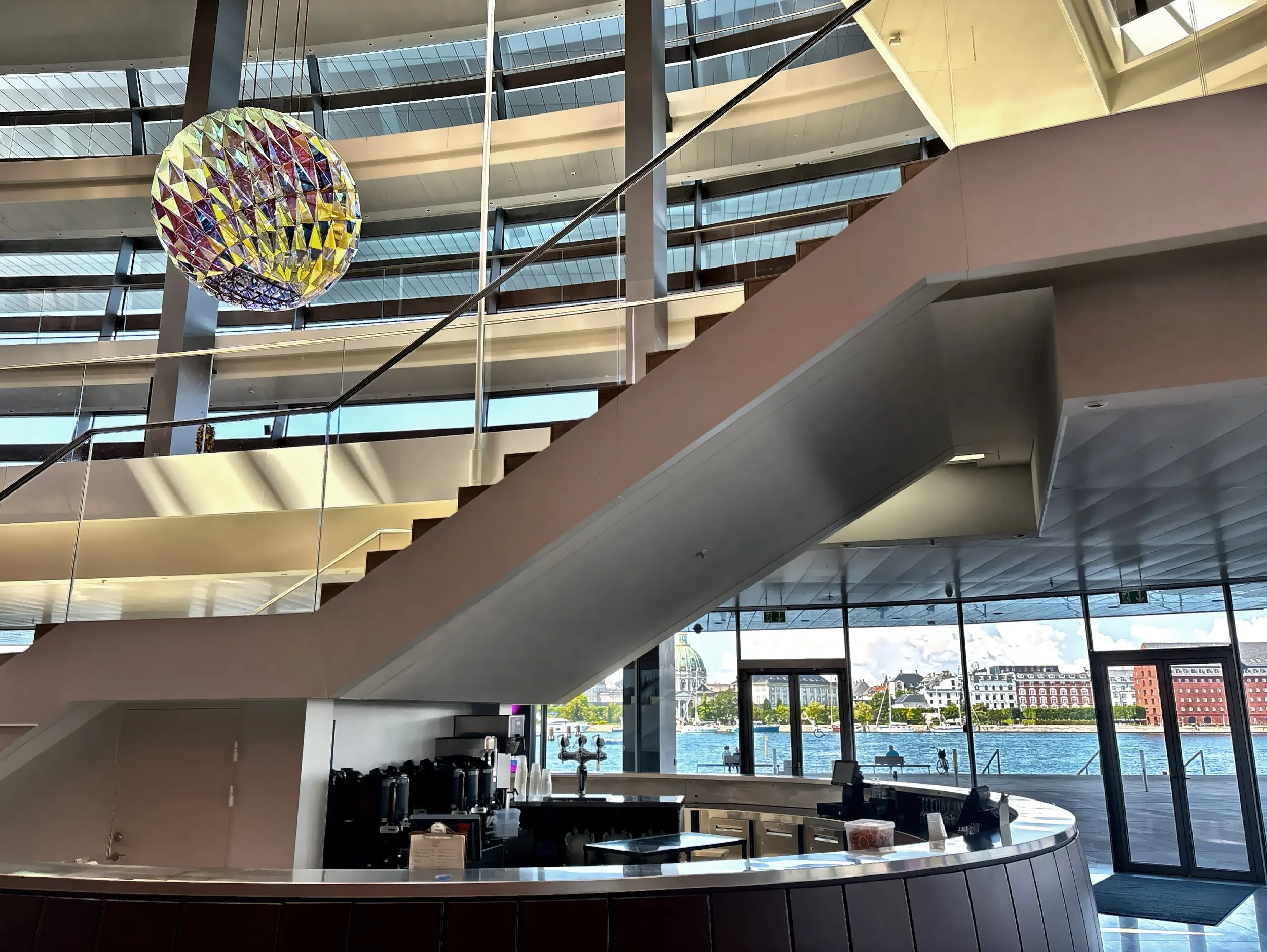
The graceful staircase in the Copenhagen Opera House.

.

The Opera House building is known for its distinctive architecture.

.

The Royal Danish Theater is a cultural landmark where architecture and performance meet in elegant harmony.

Sixtus Battery on Holmen is a historic naval fortification.
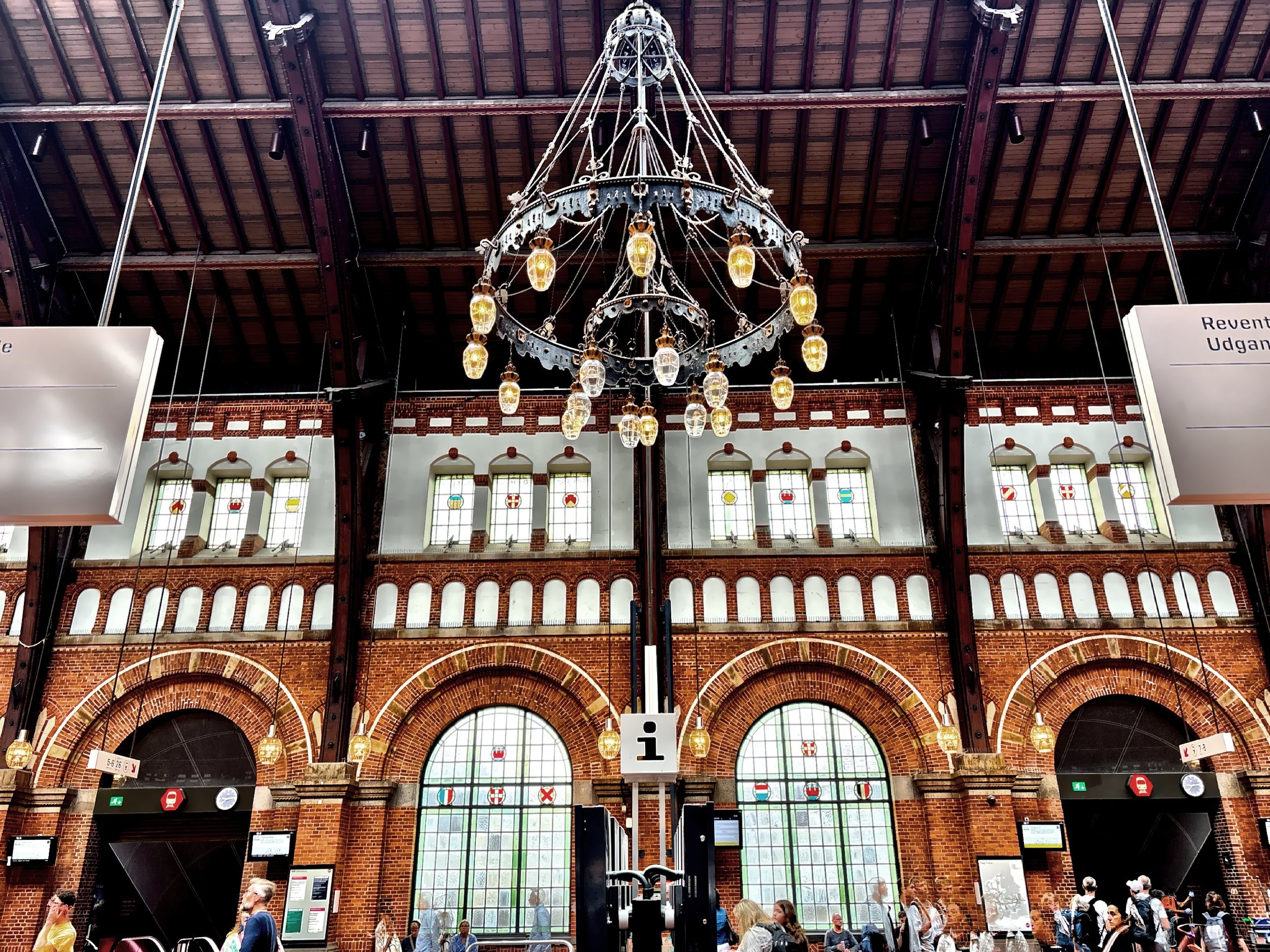
The current Copenhagen Central Station building opened in 1911 and is the work of architect Heinrich Wenck.
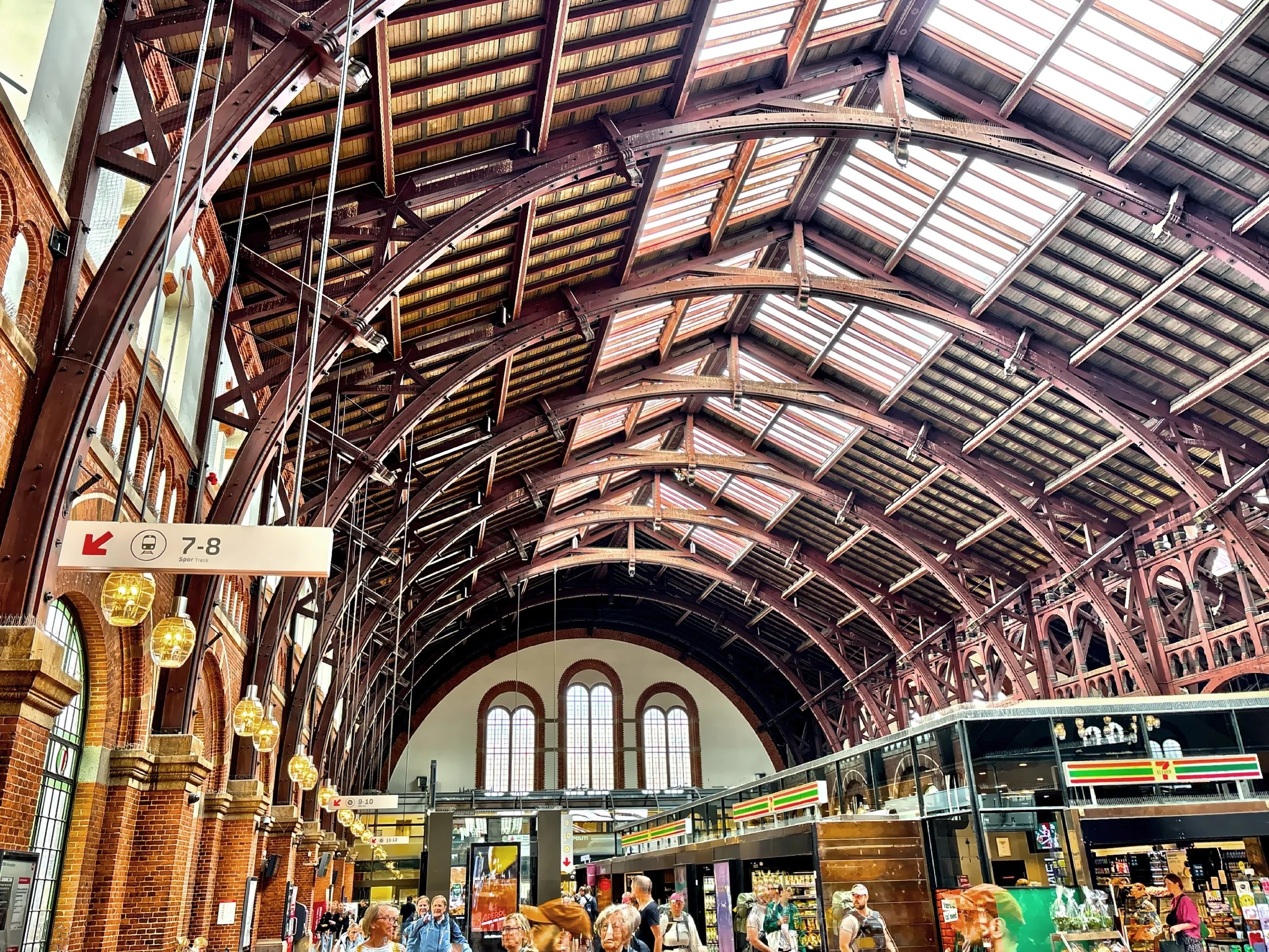
.
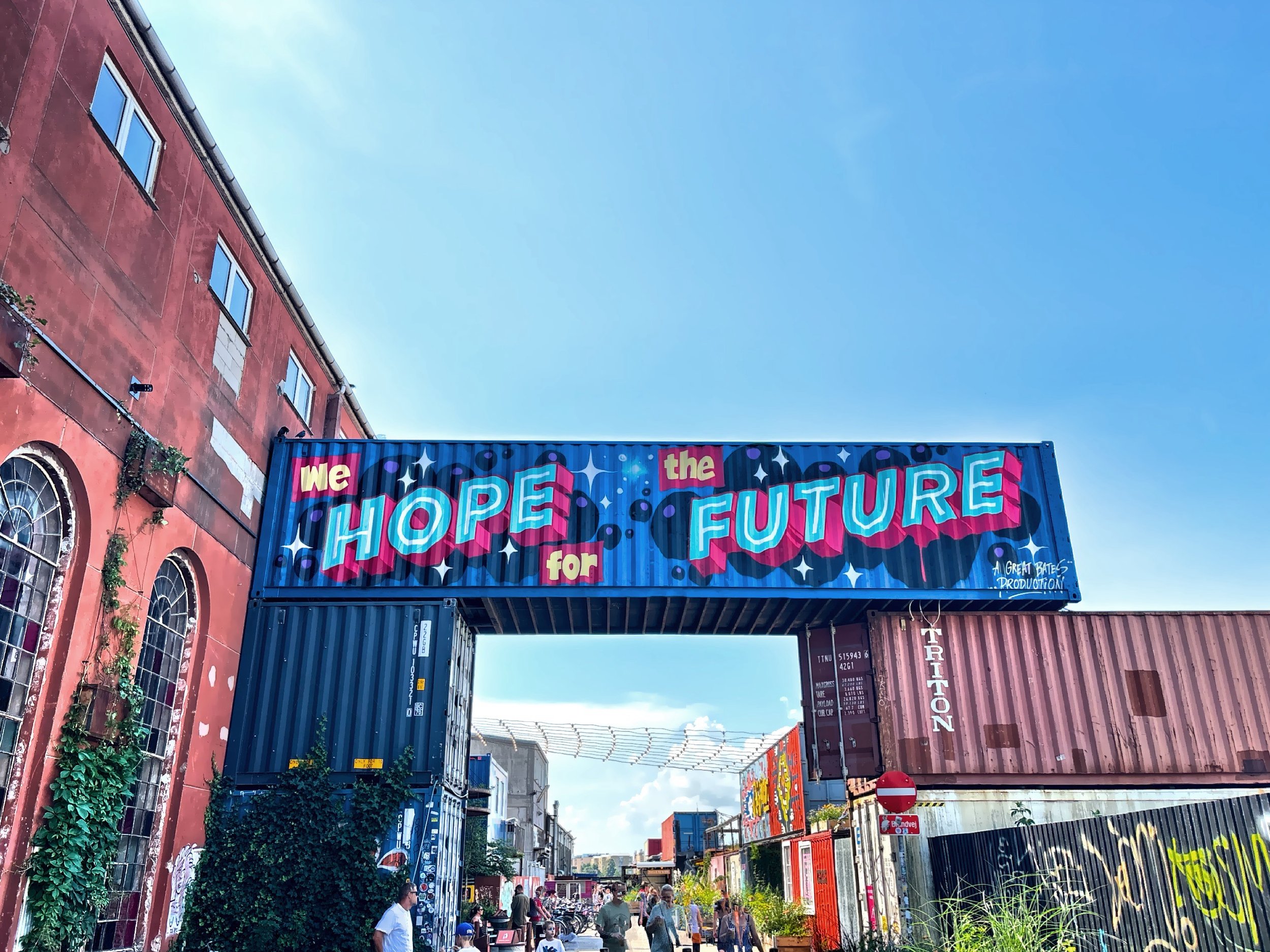
The entrance to Reffen the largest street food market in the Nordic region. This was a neglected harbor side lot with abandoned warehouses now hosts flavors from around the world.

Somehow even industrial spaces here feel... thoughtful. Like everything has been designed with both beauty and purpose in mind.
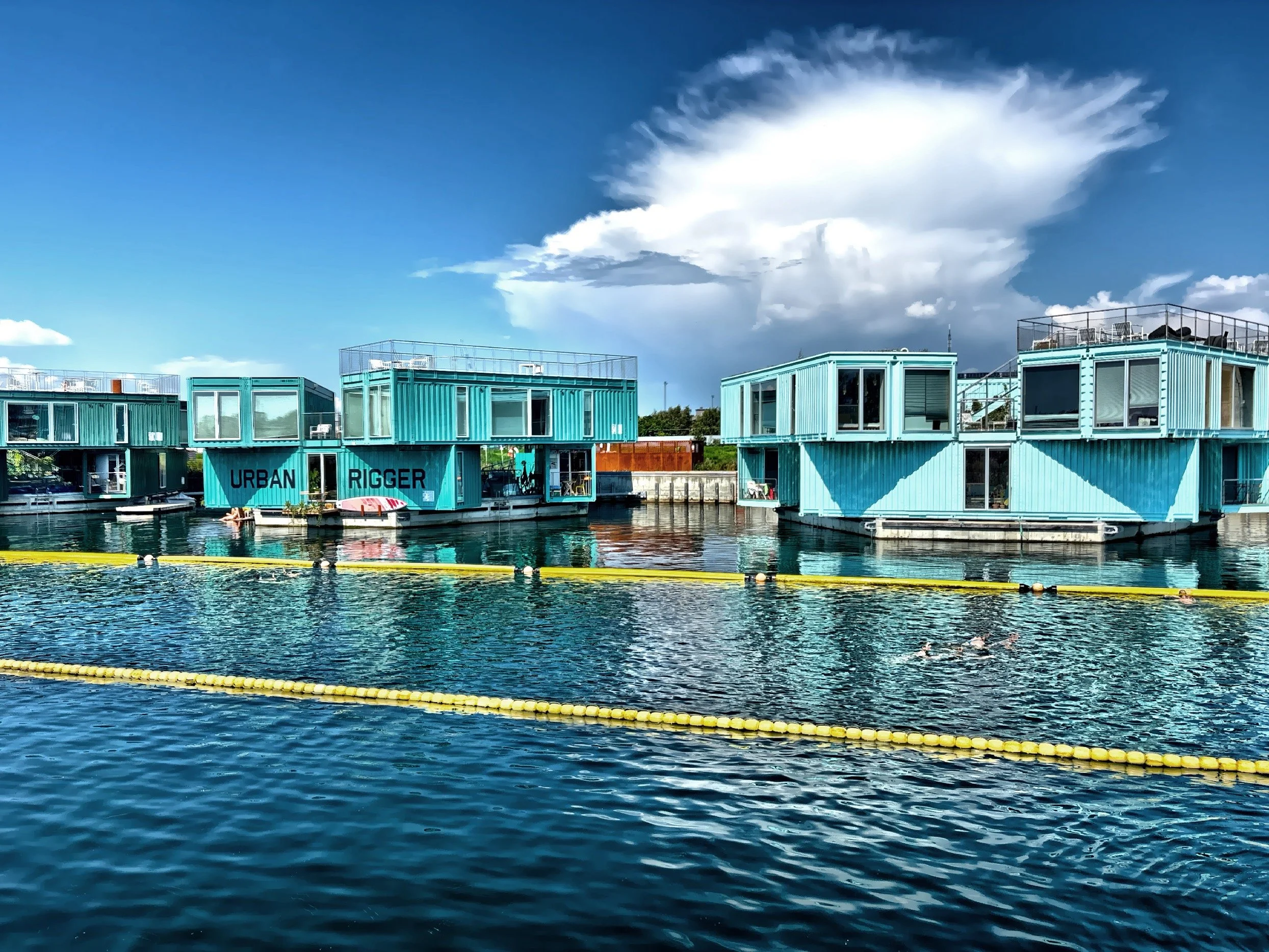
The waterfront oasis where container romantics can stay.

.

What you should know:
The native language is Danish, but most people do speak English.
Parking can sometime be difficult at times in certain neighborhoods.
Walking or biking is a great way to get around the city.
The Hop On Hop Off bus is a great way to get to the lay of the land and get to attractions outside the city center.
People are generally friendly but reserved – polite and helpful.
You will need a valid passport and a power convertor if you are coming from the US.
The currency is the Danish Krone (DK).
Credit/debit cards are widely accepted—even at food stalls and buses.
Contactless payments (Apple Pay, Google Pay, etc.) are very common.
Tipping is not expected, but feel free to round up or leave something extra for exceptional service.
For more information: Copenhagen, Denmark
If you enjoyed this post, feel free to check out my previous posts by clicking here.



